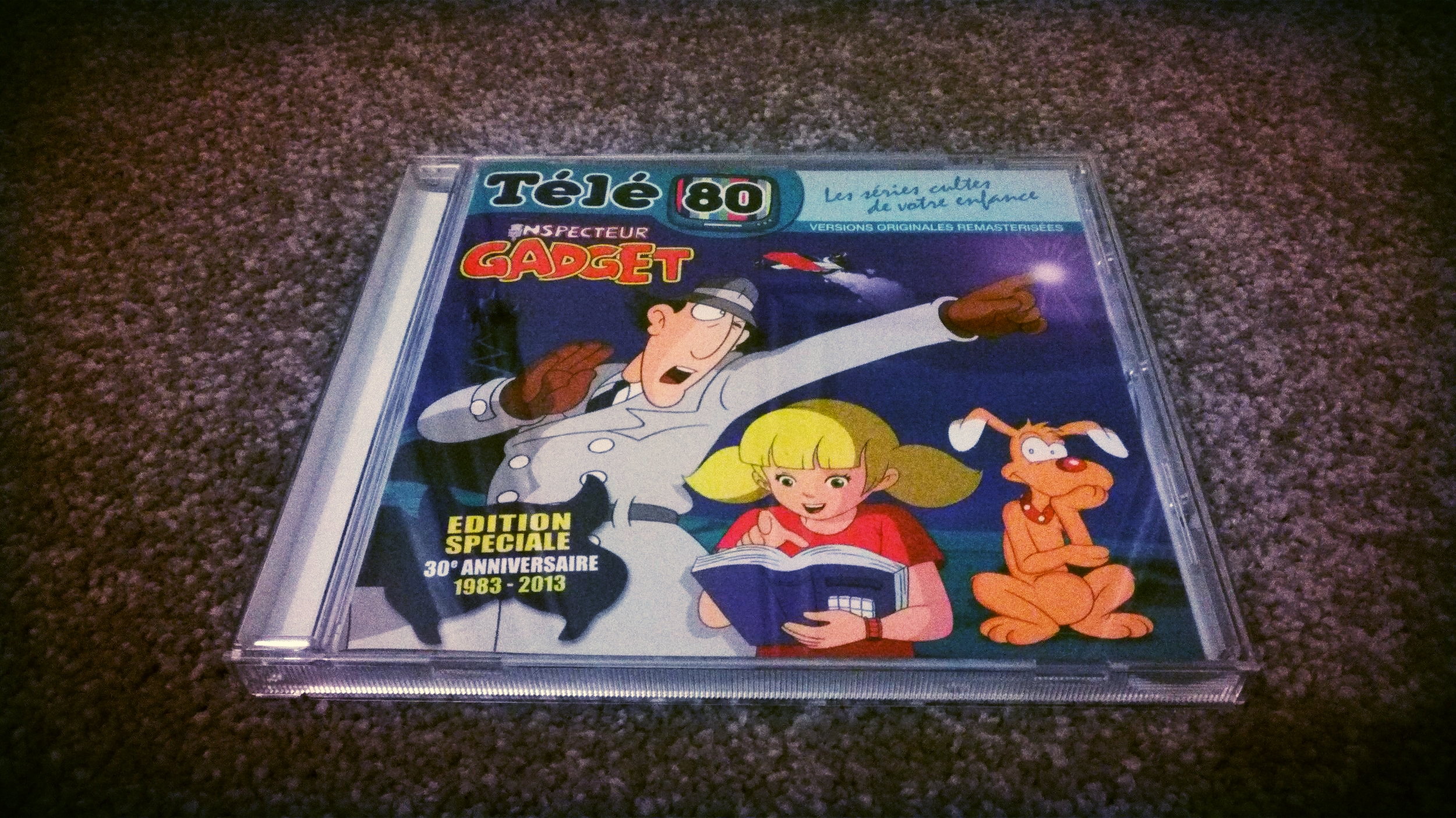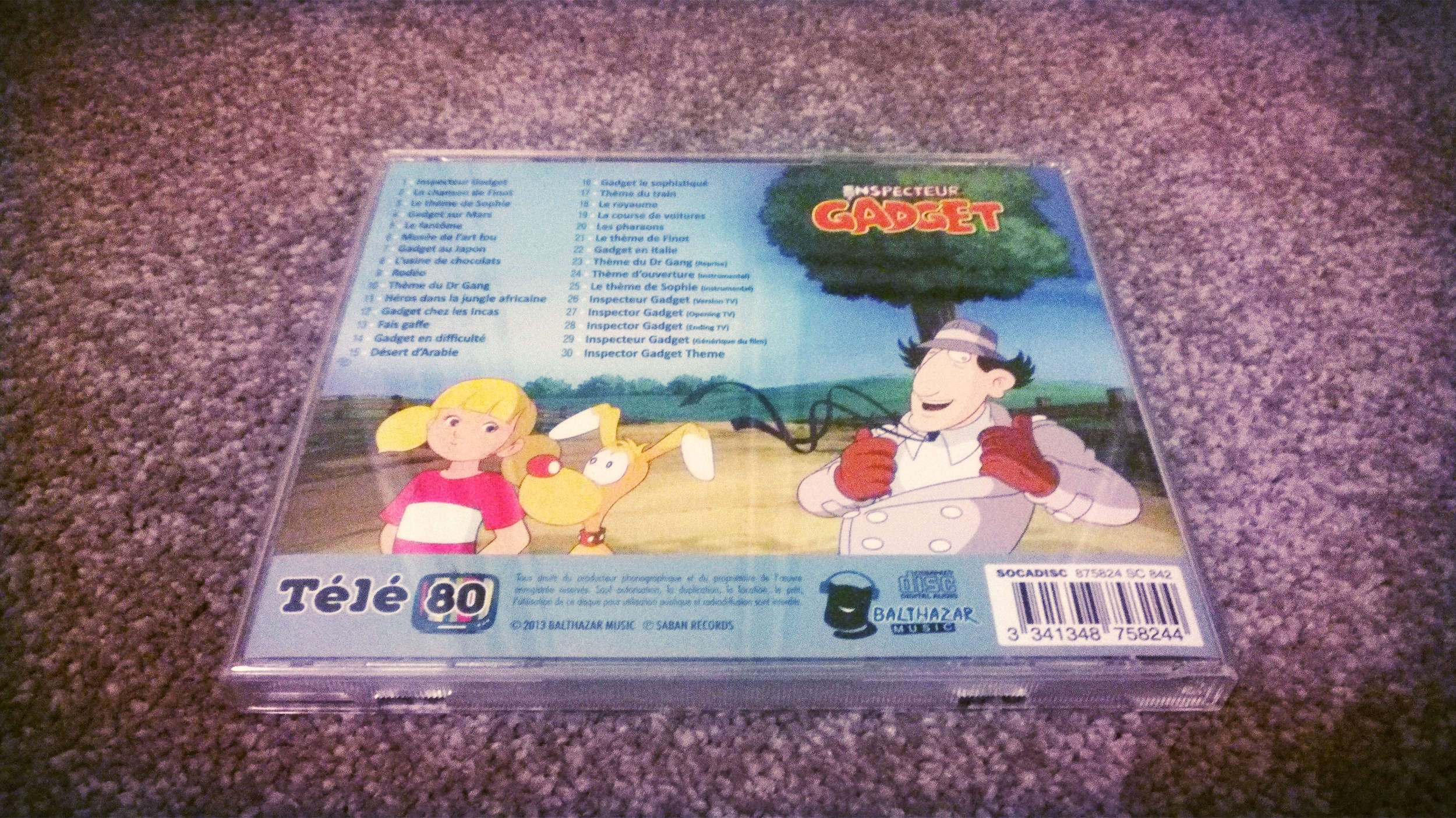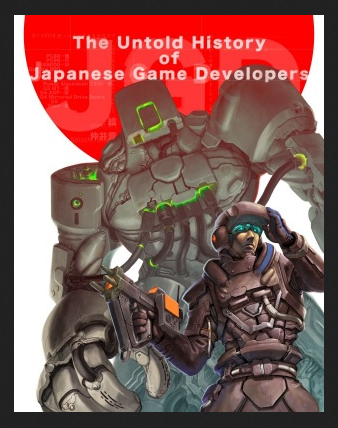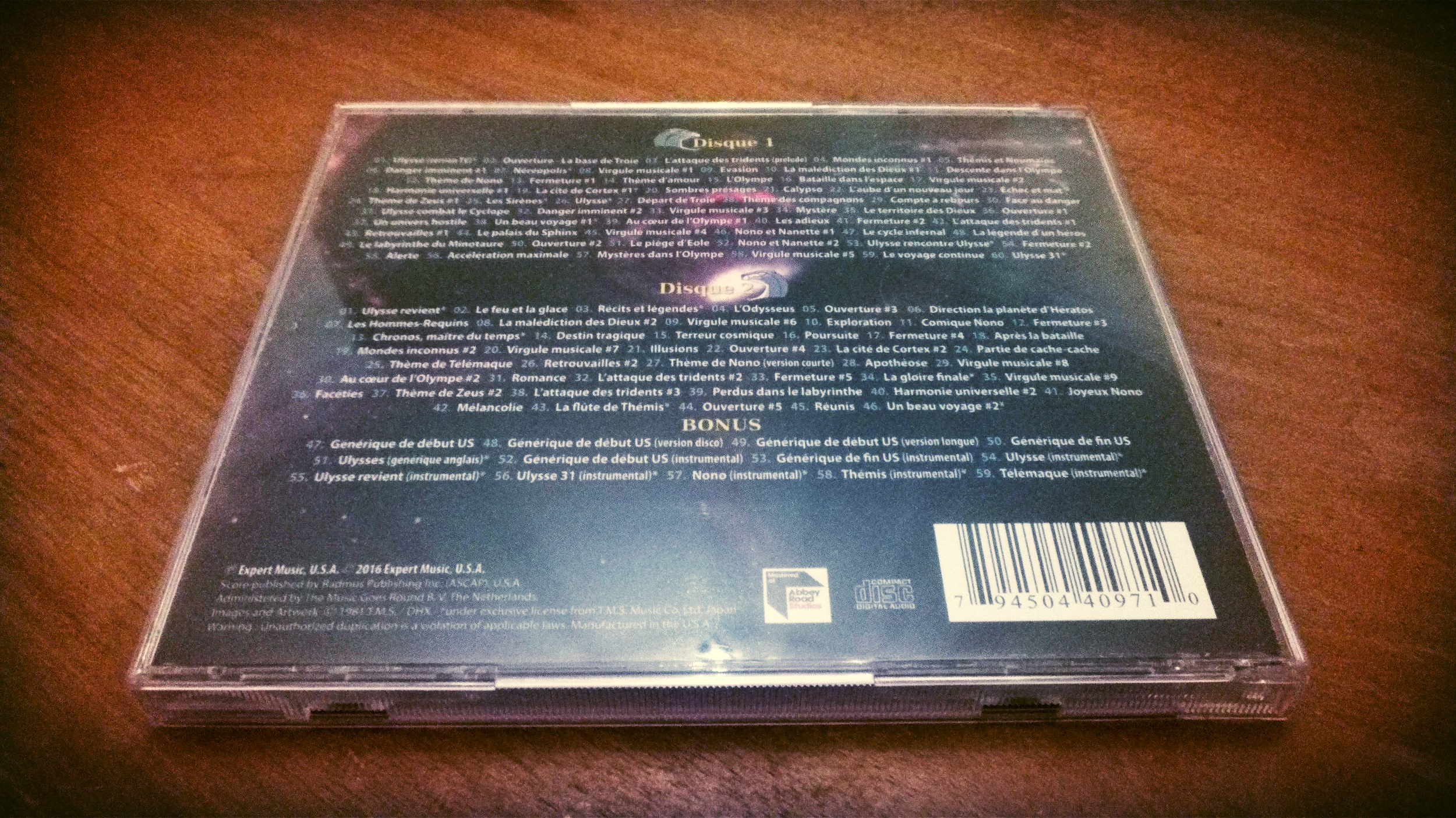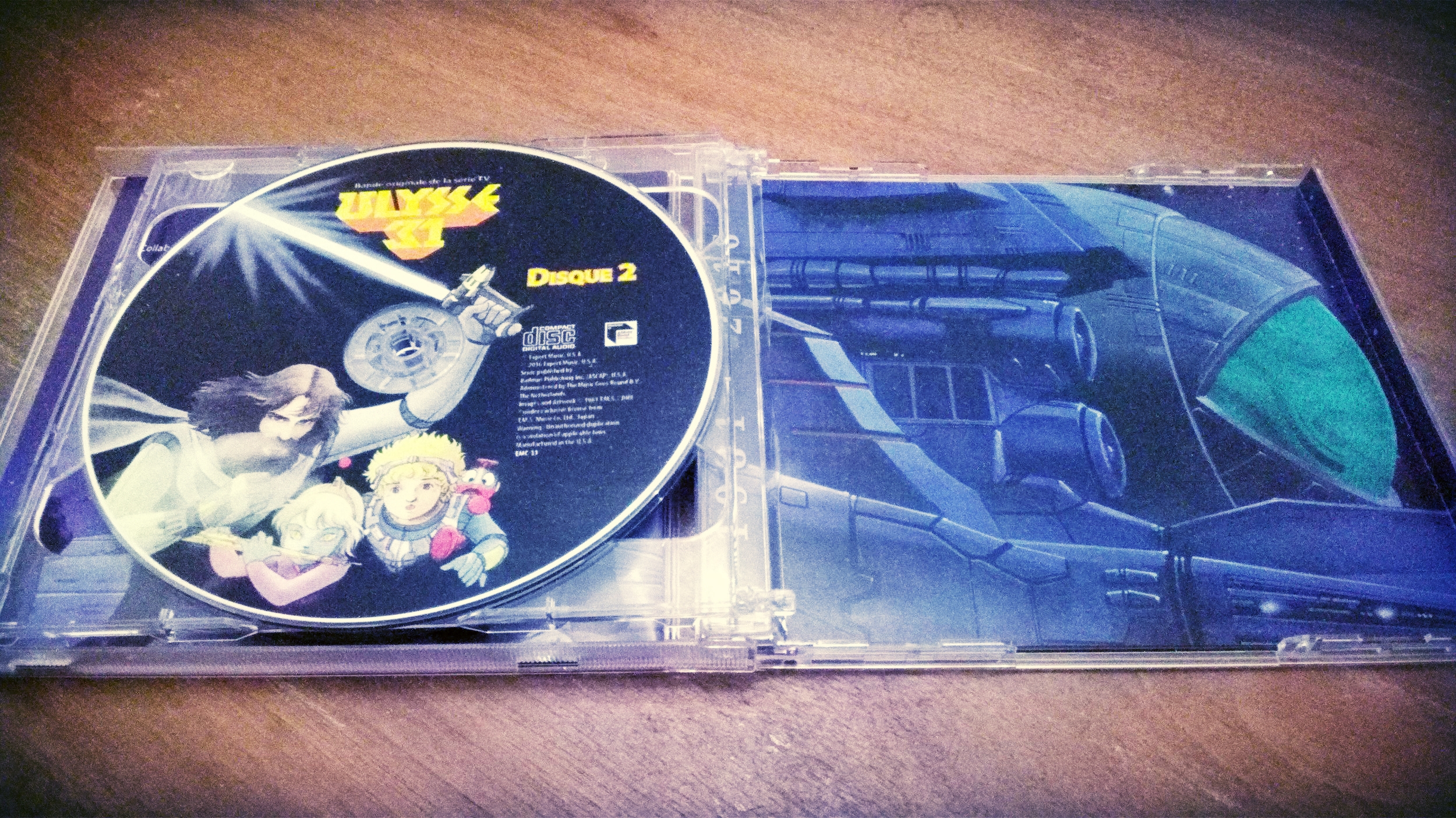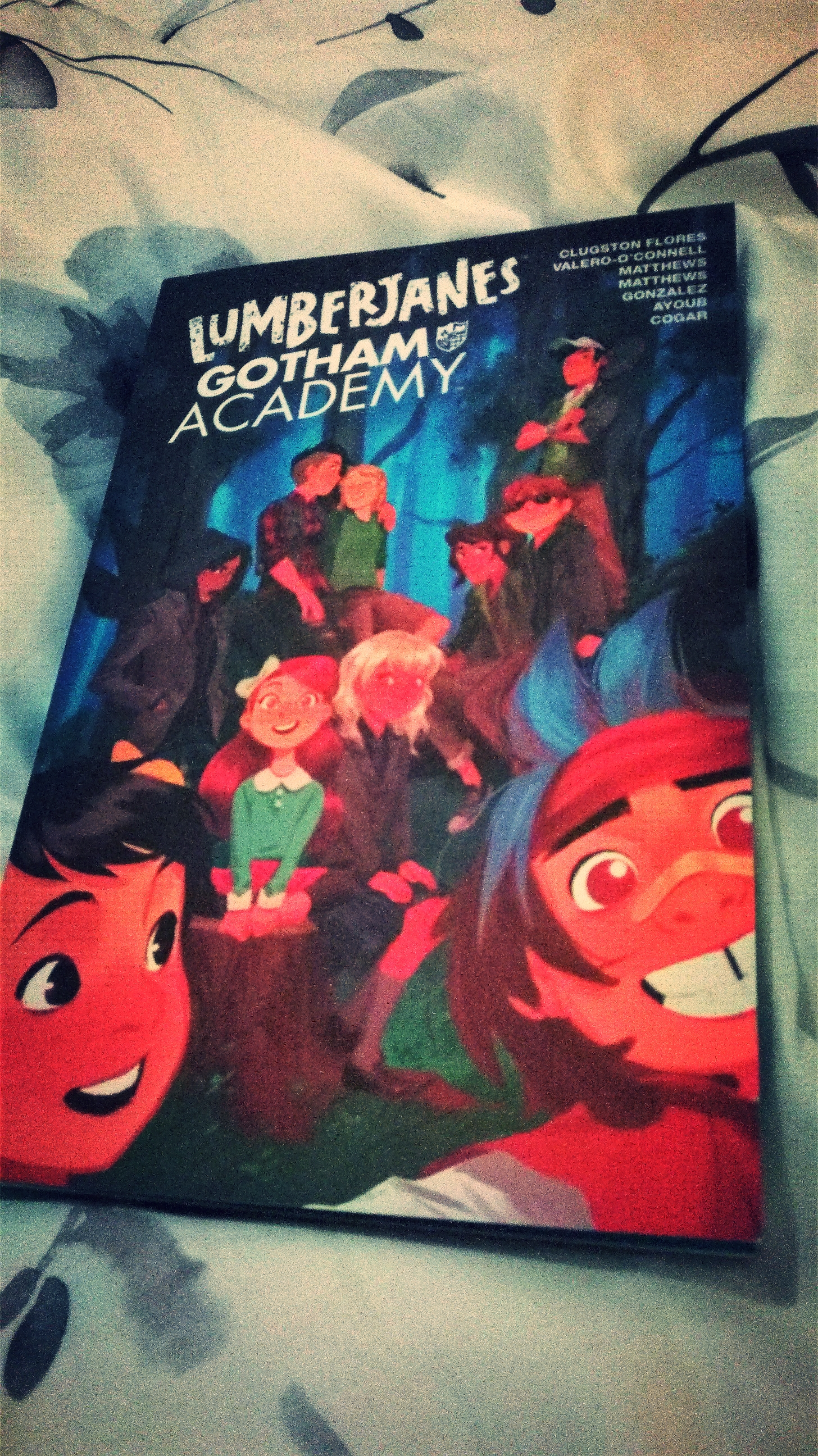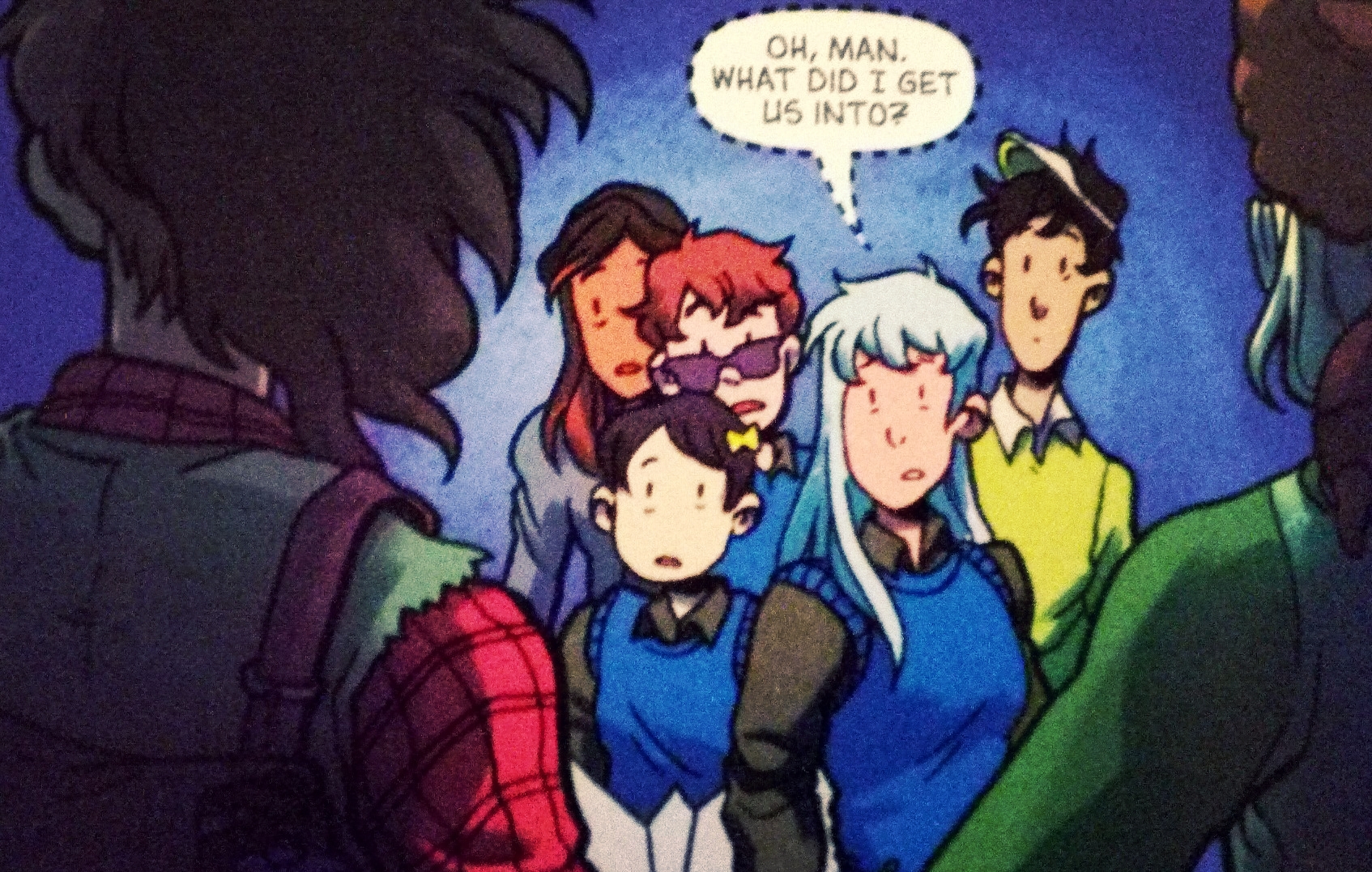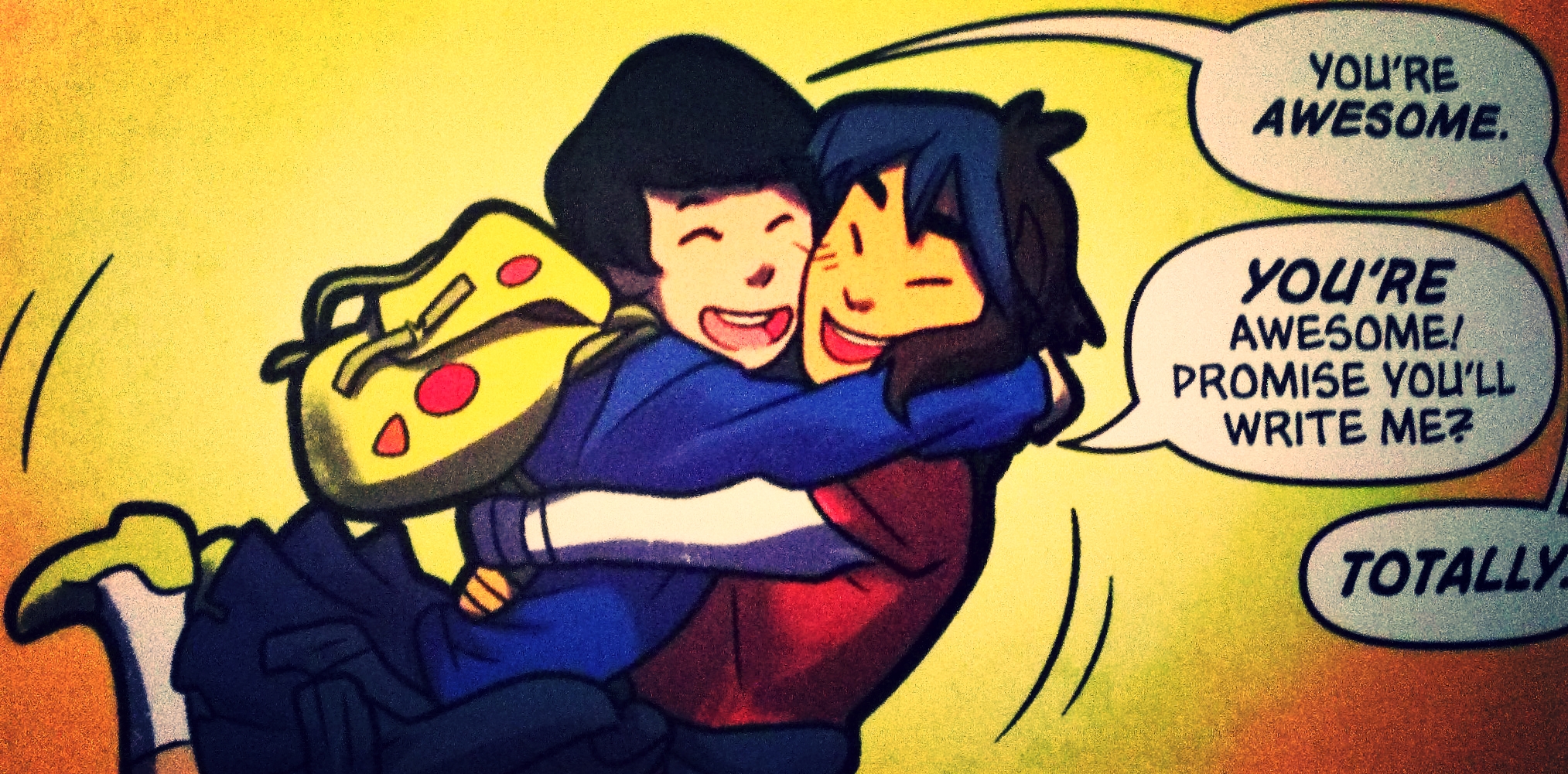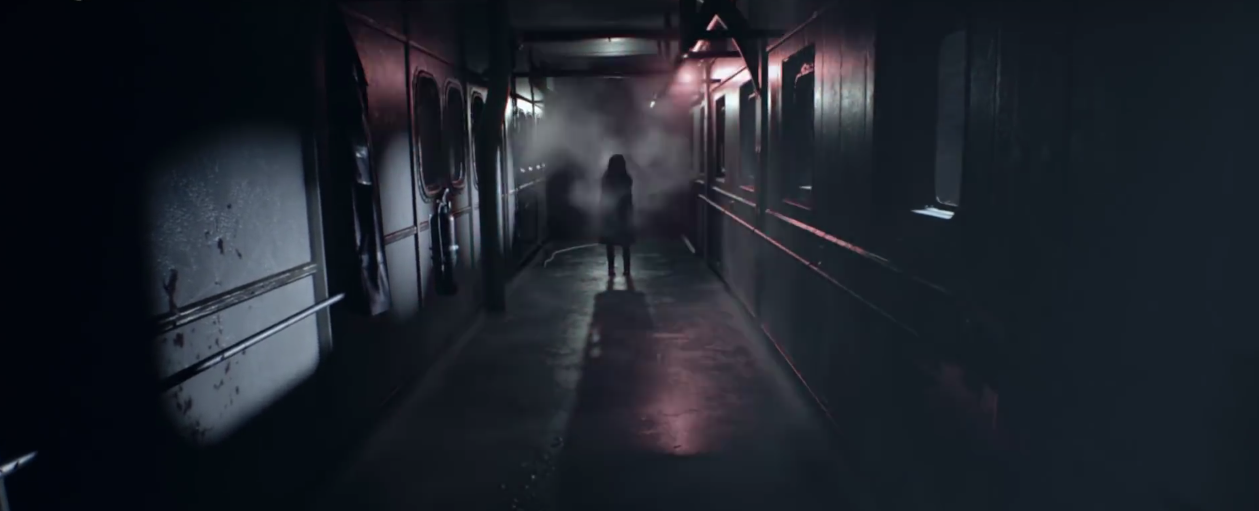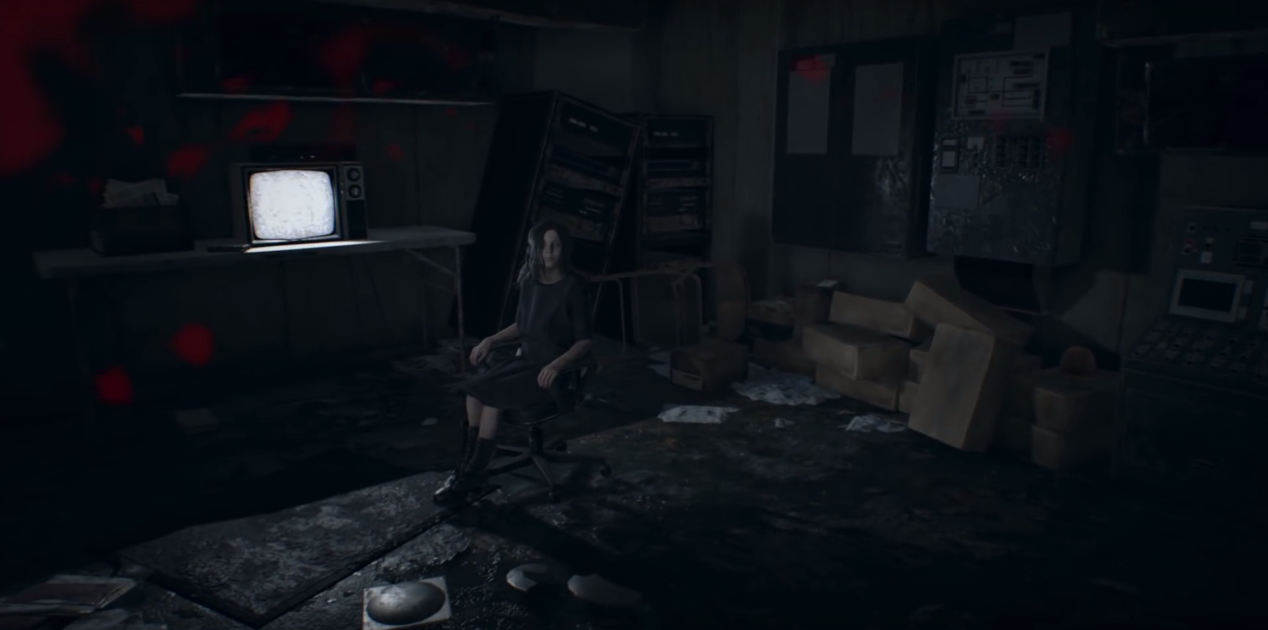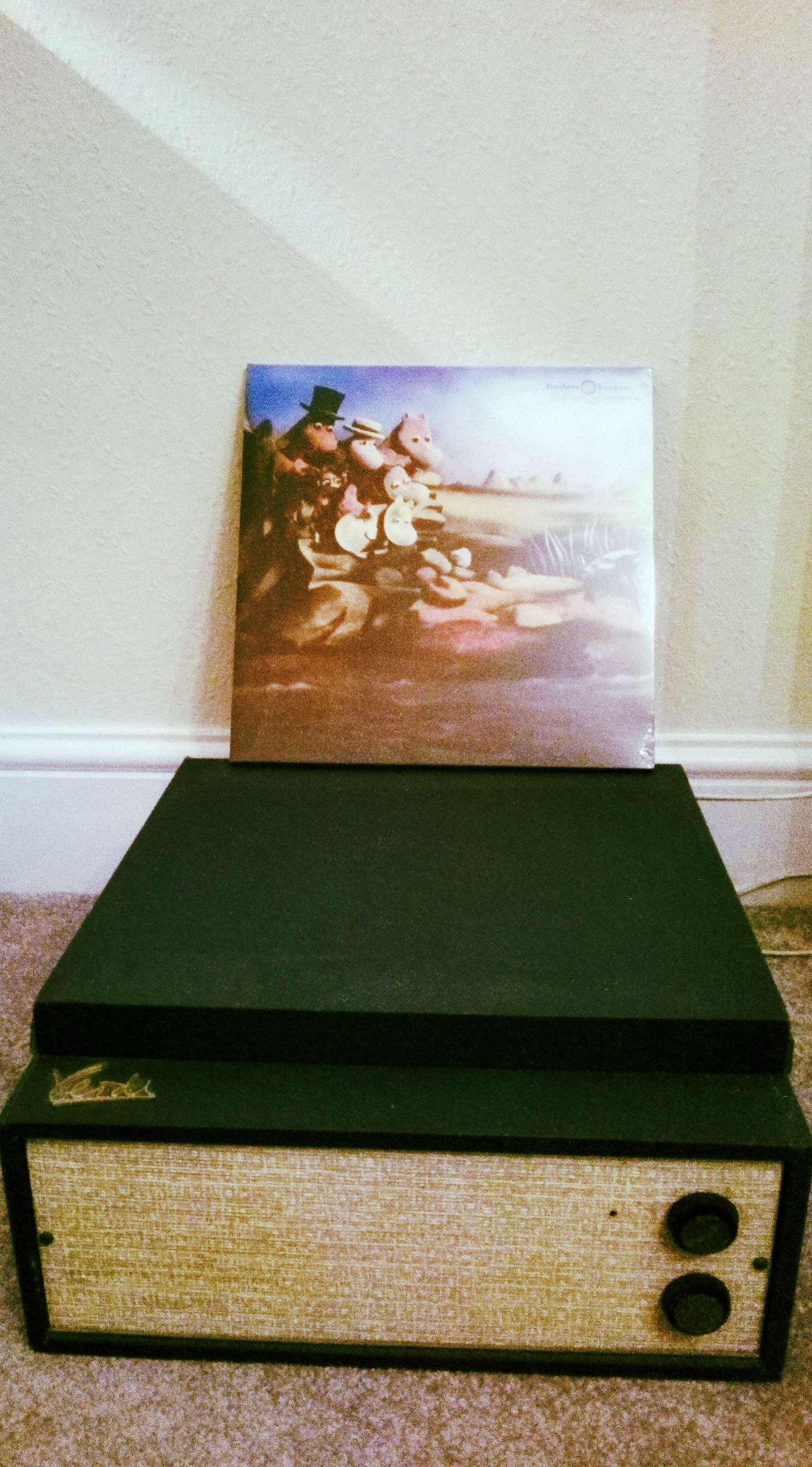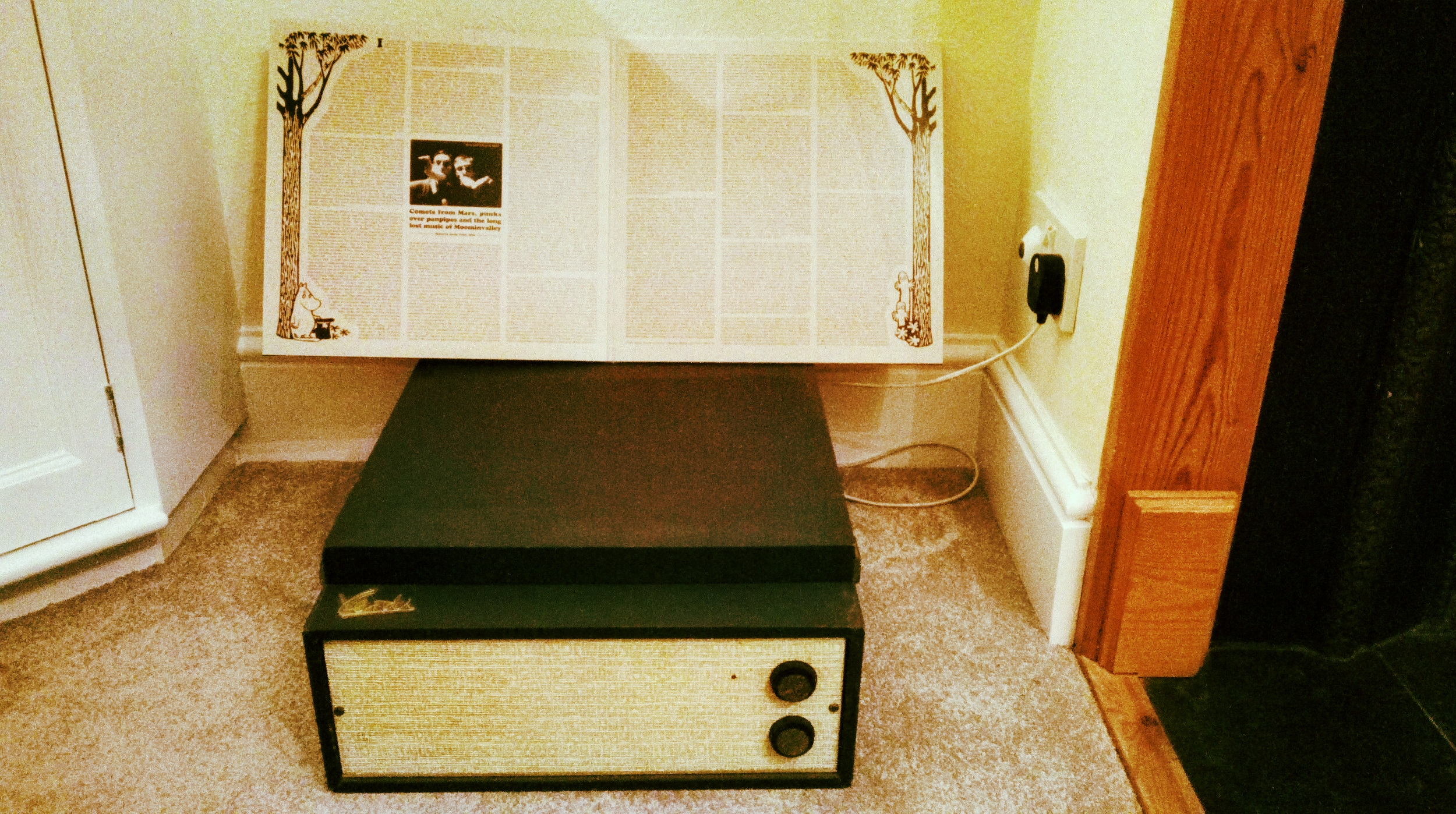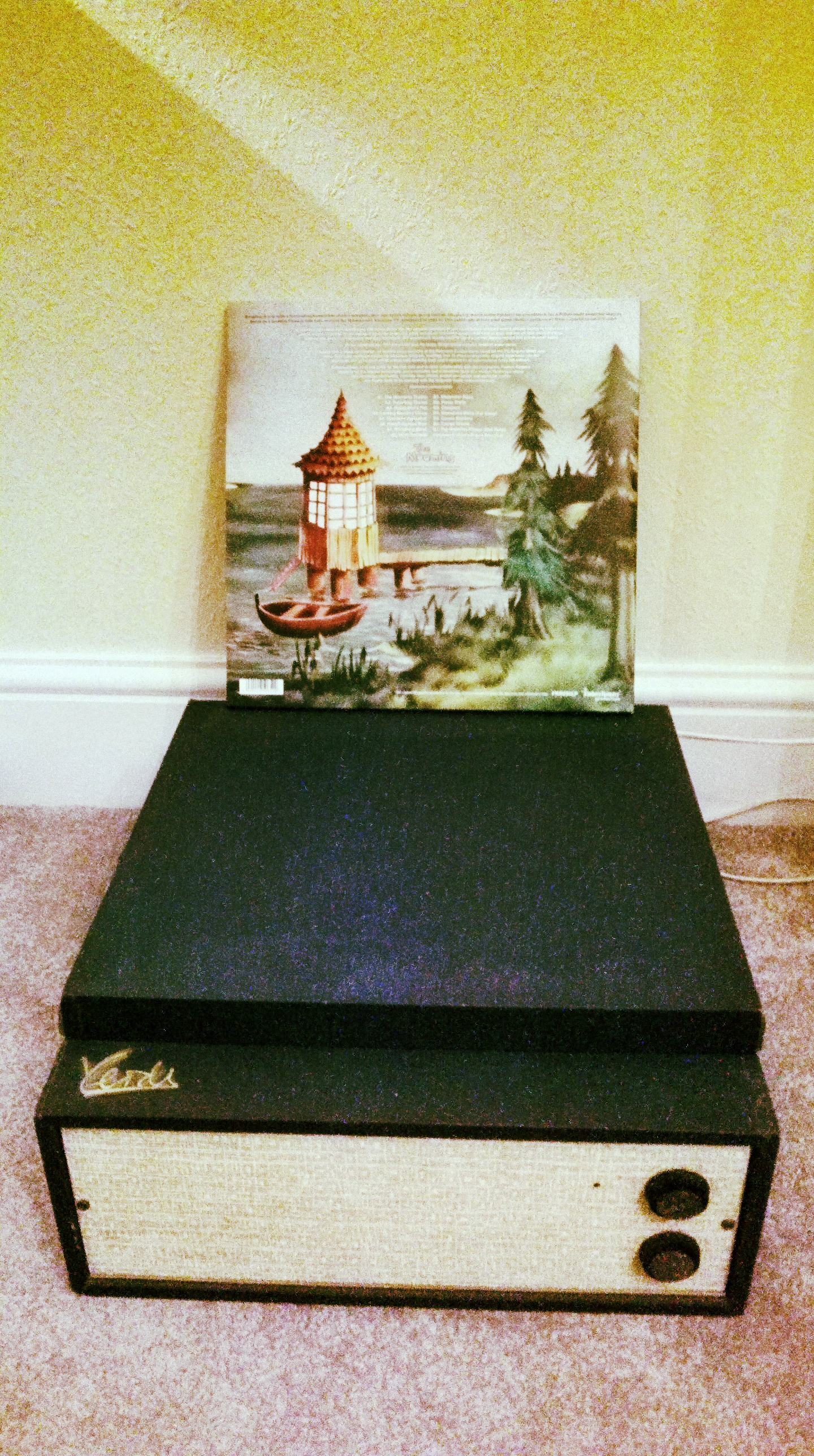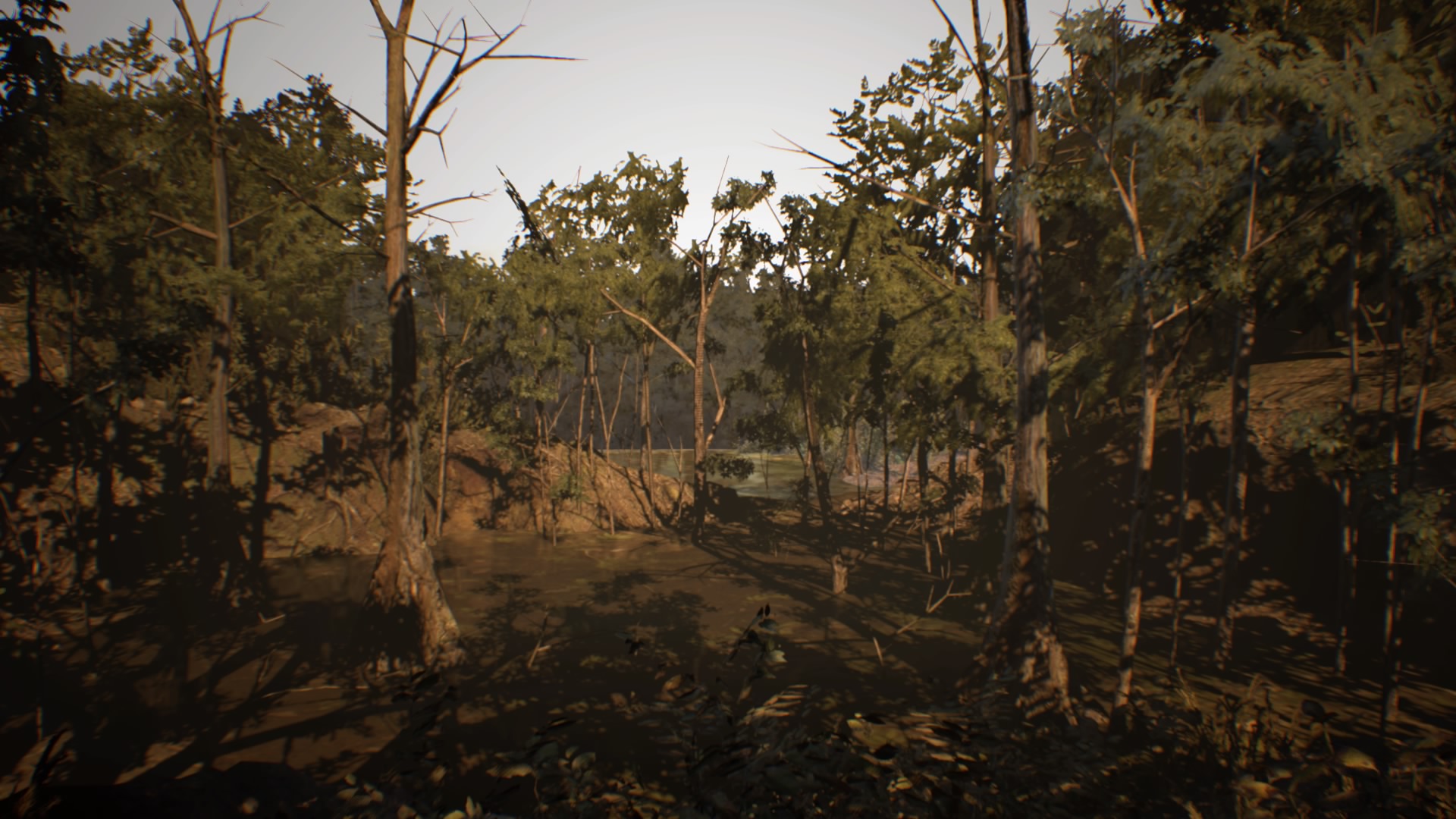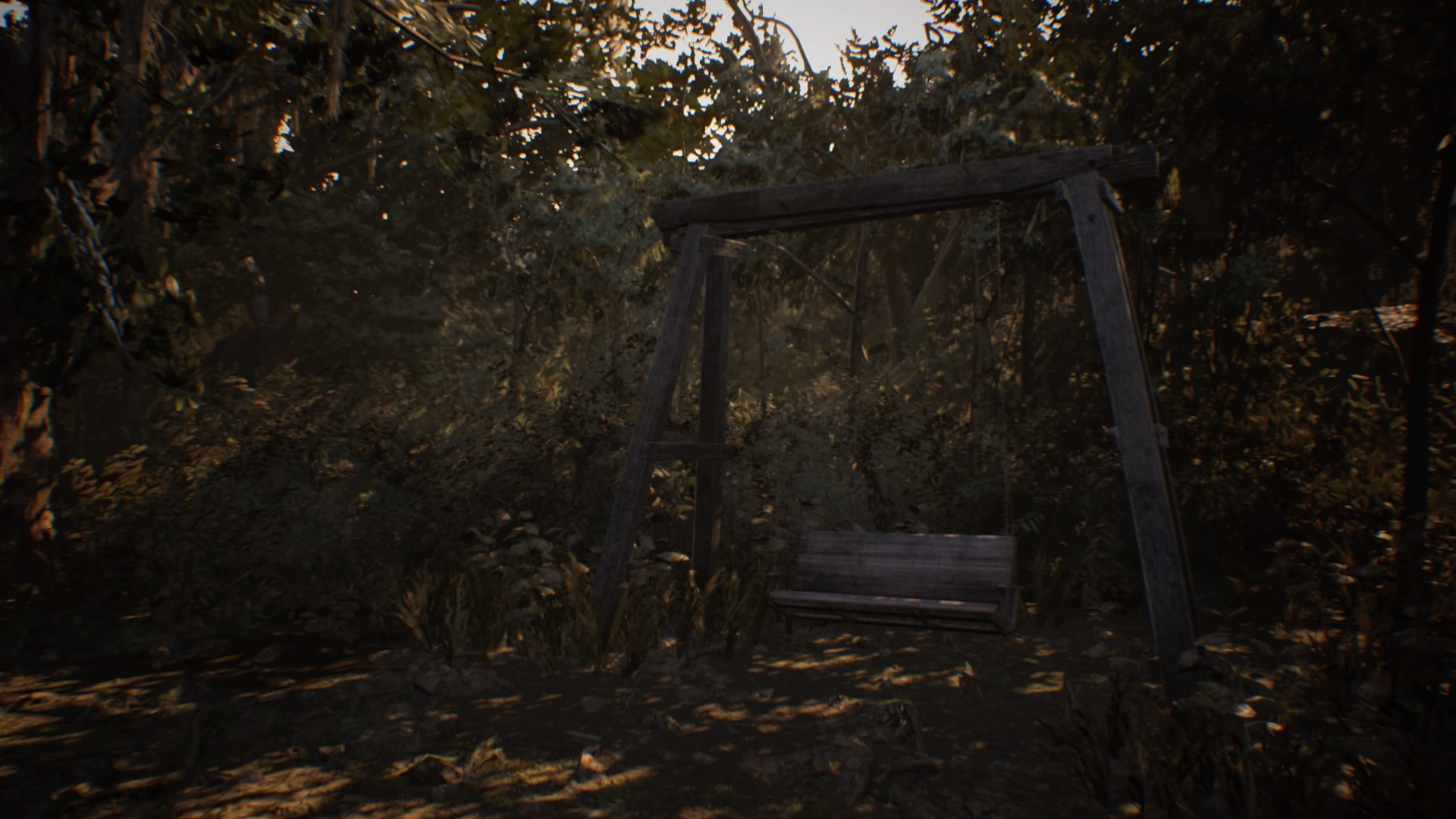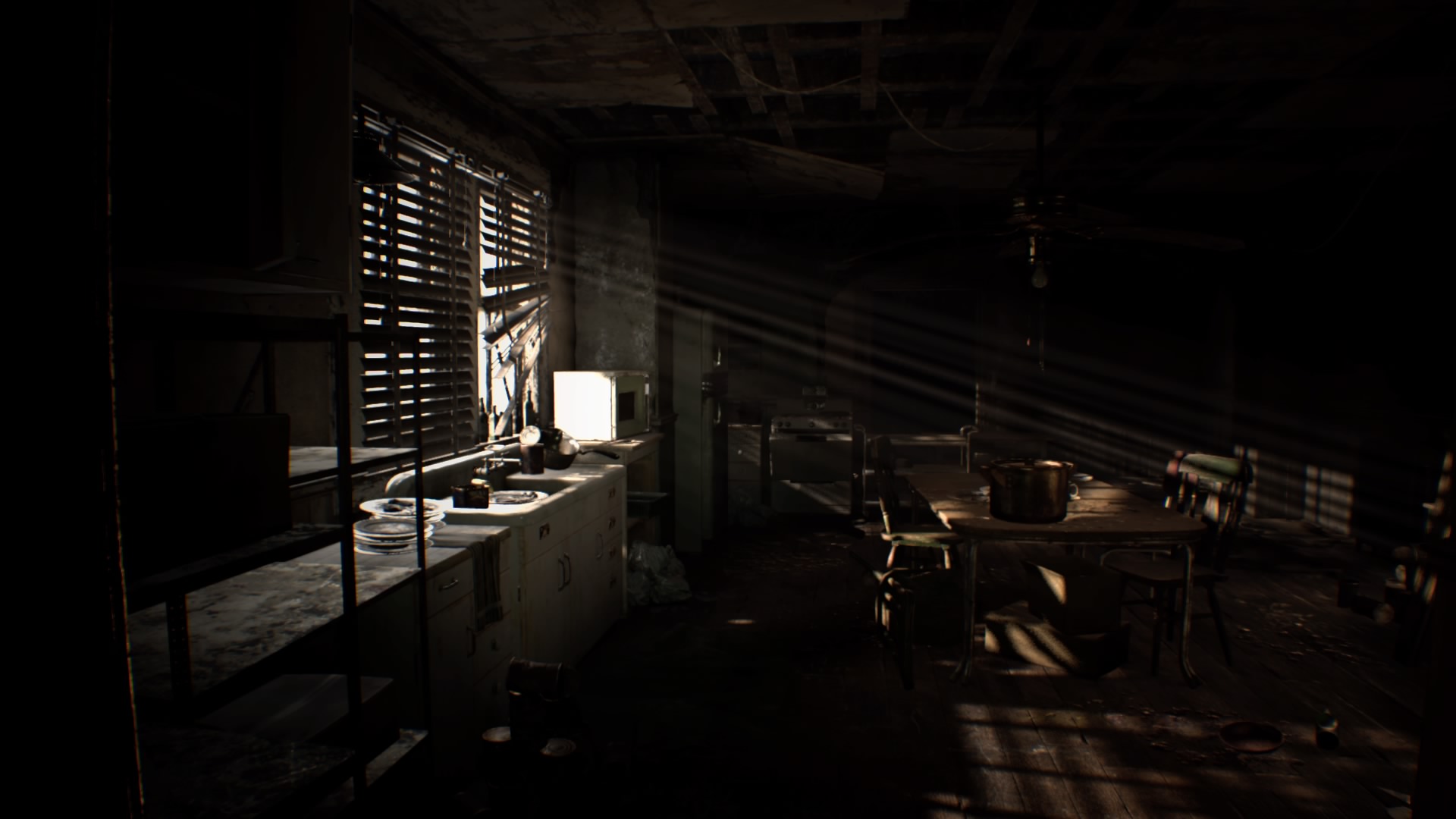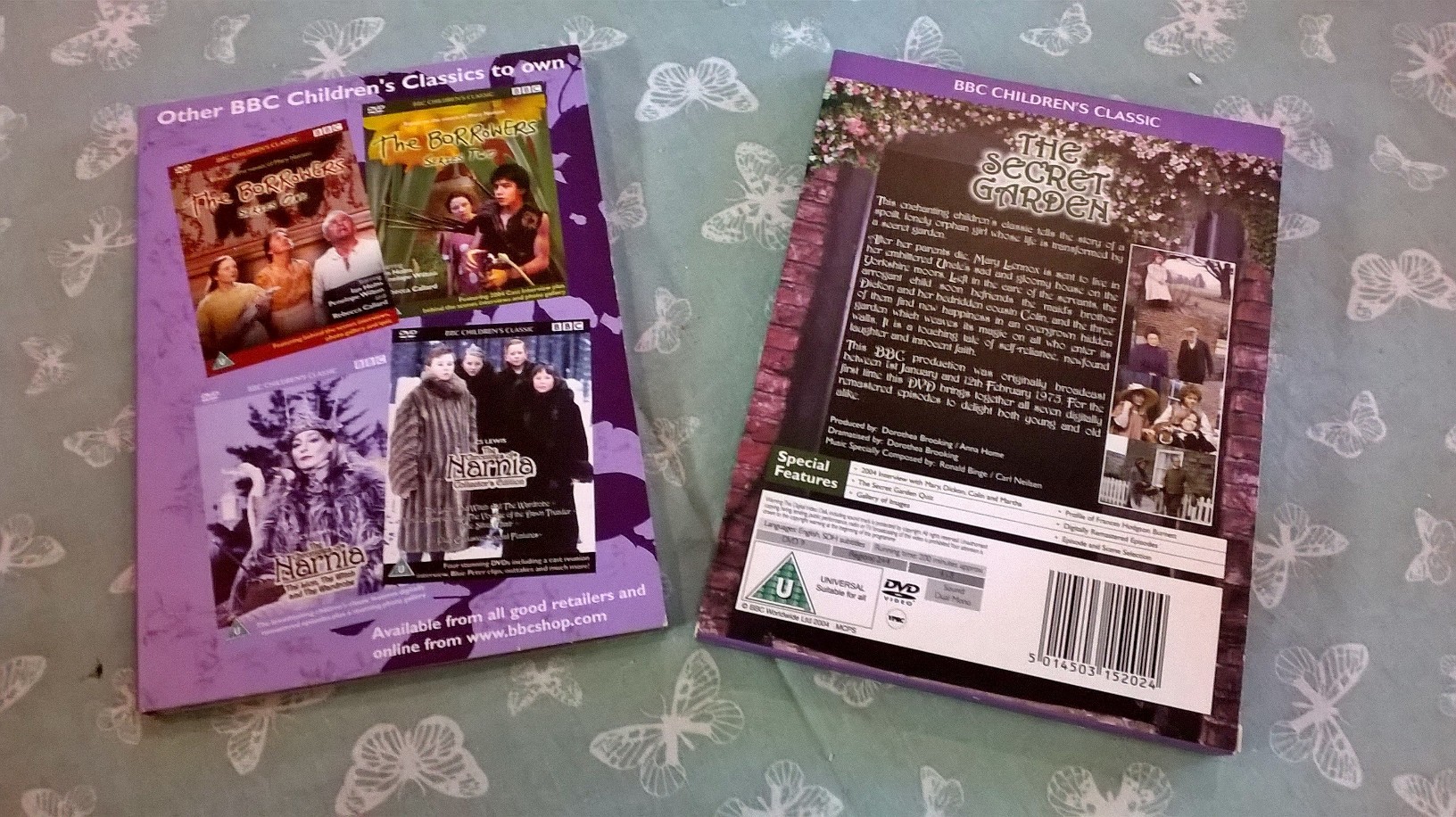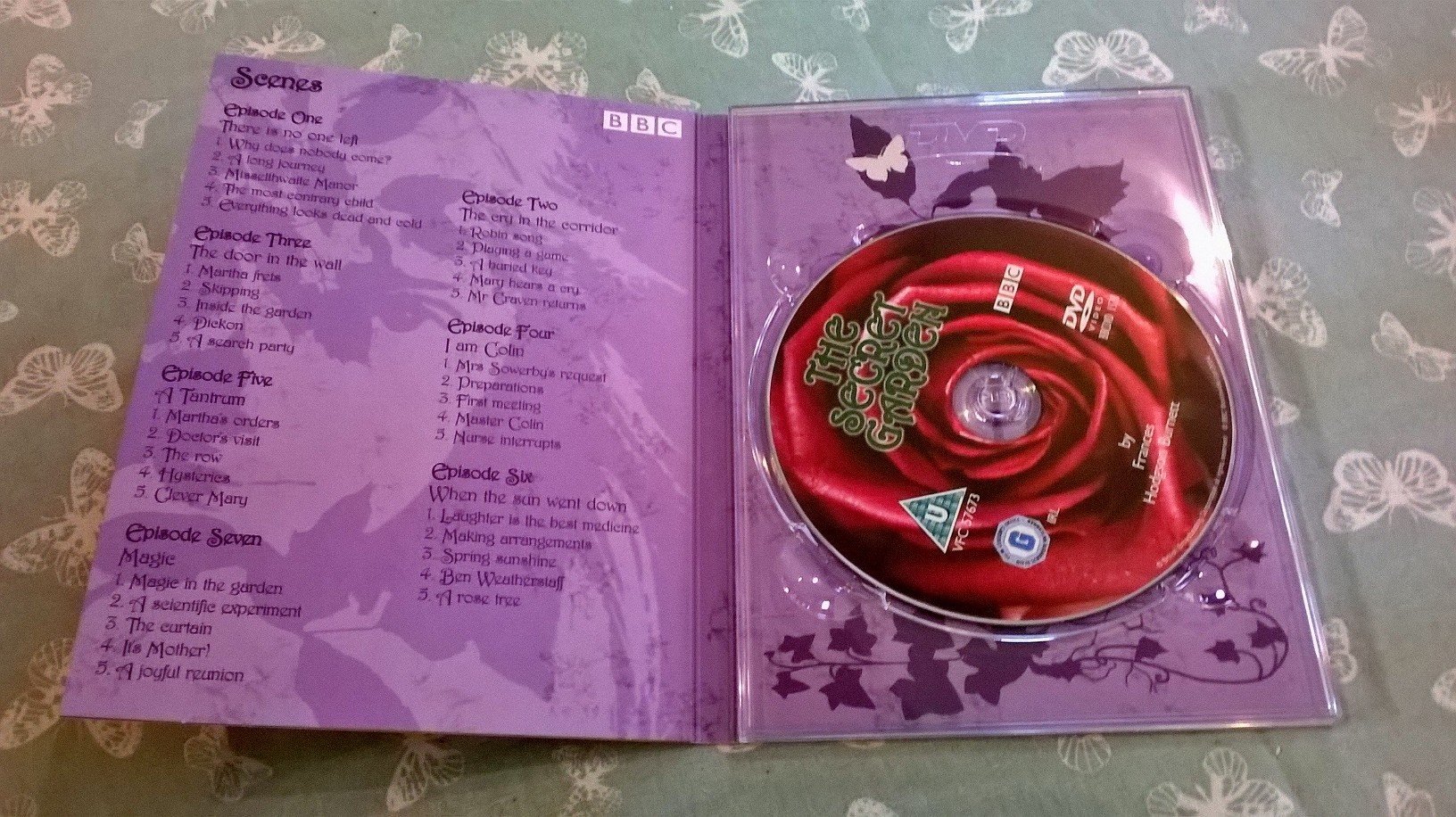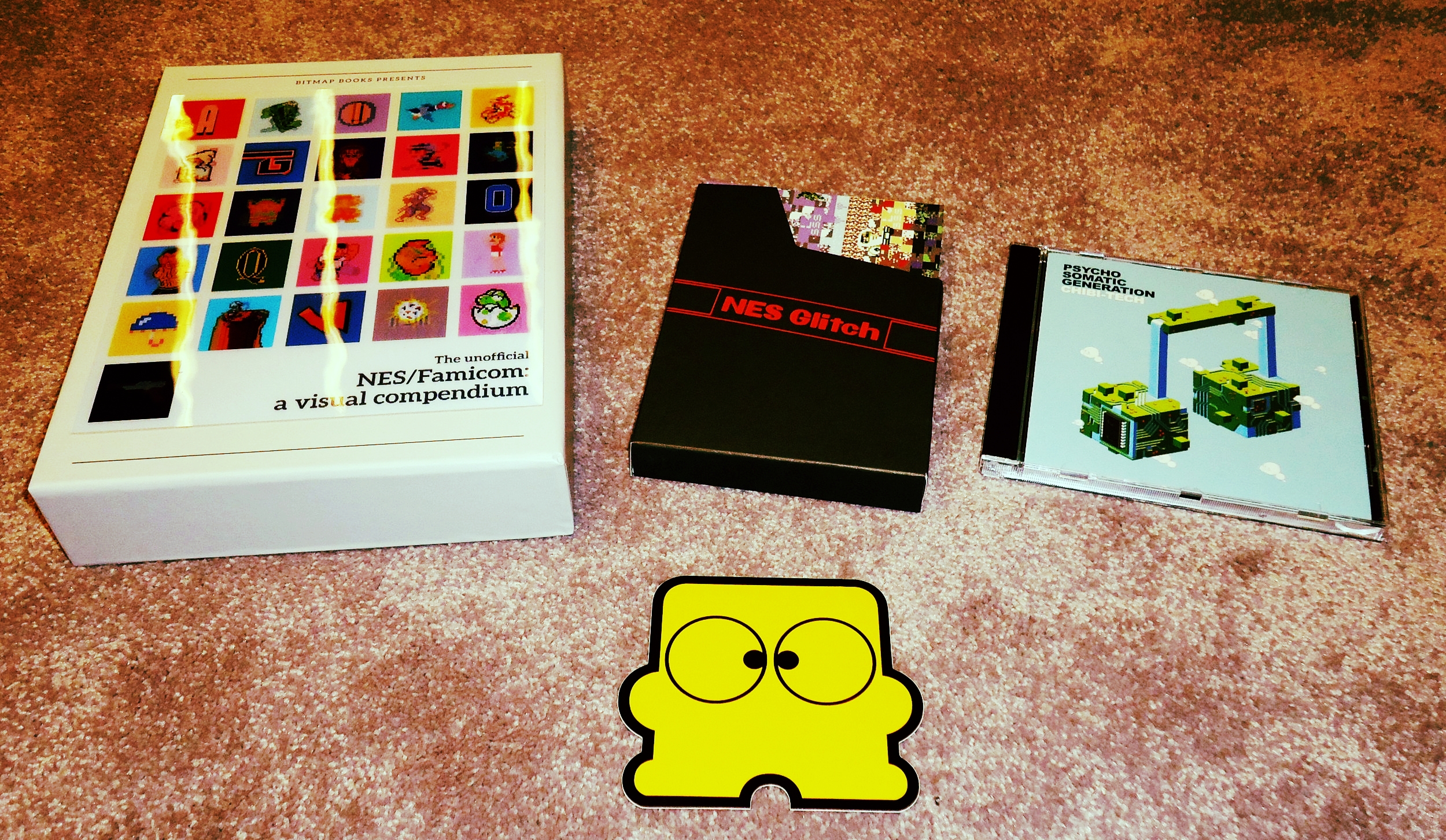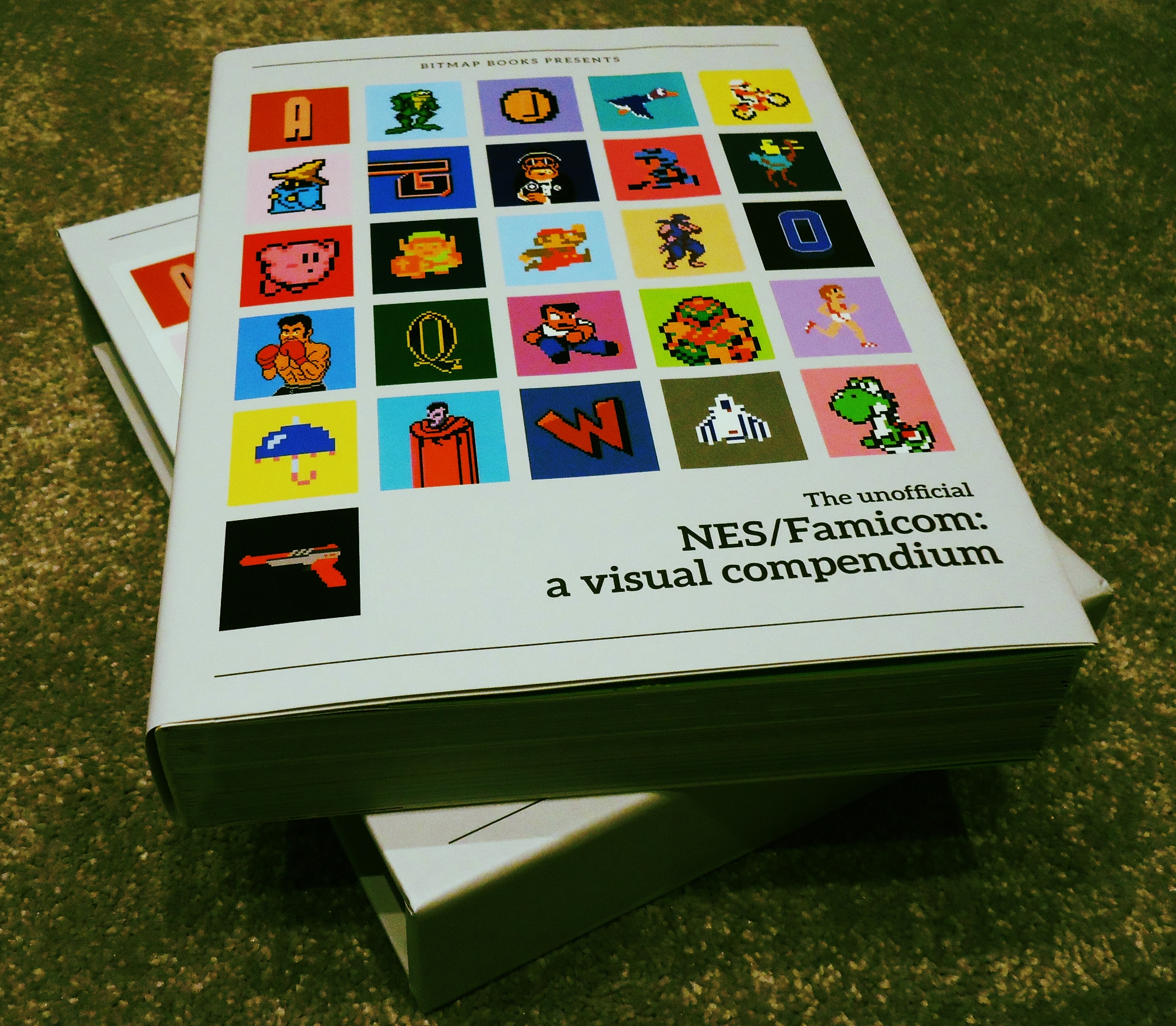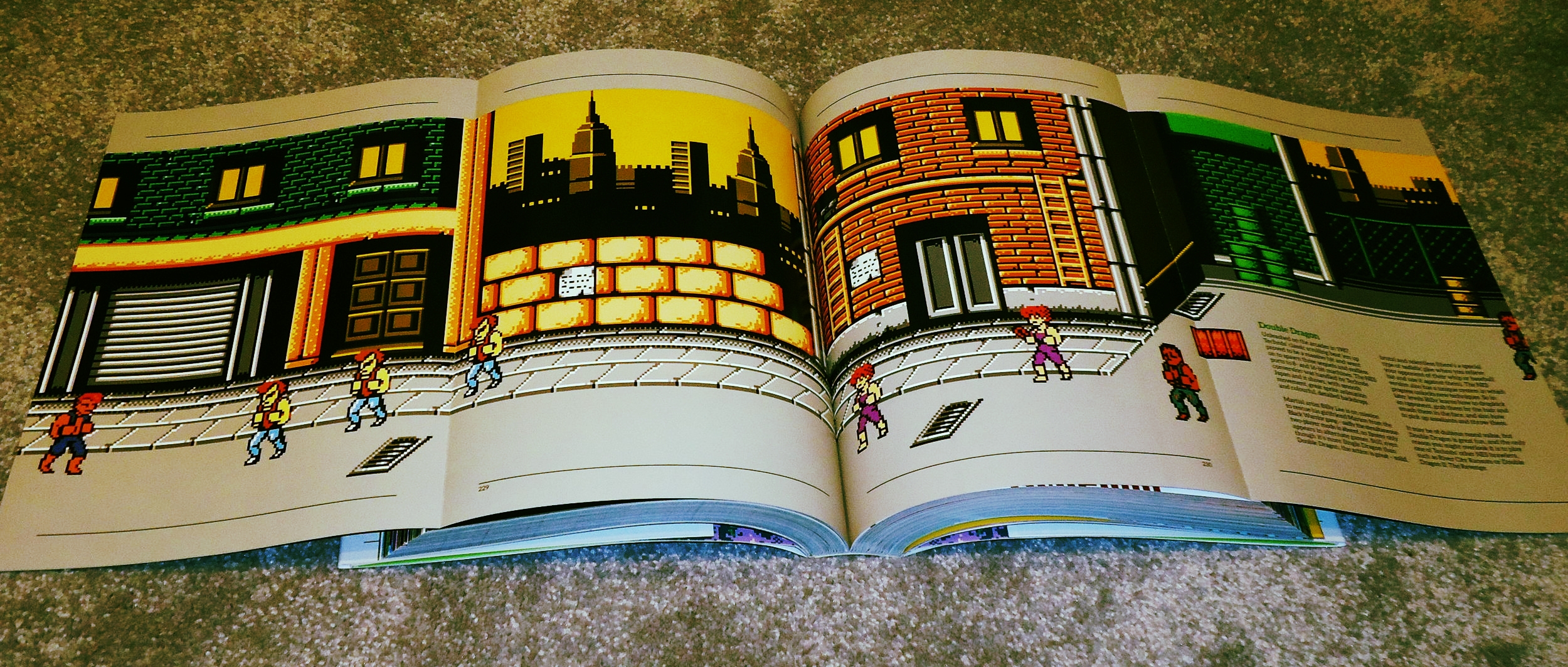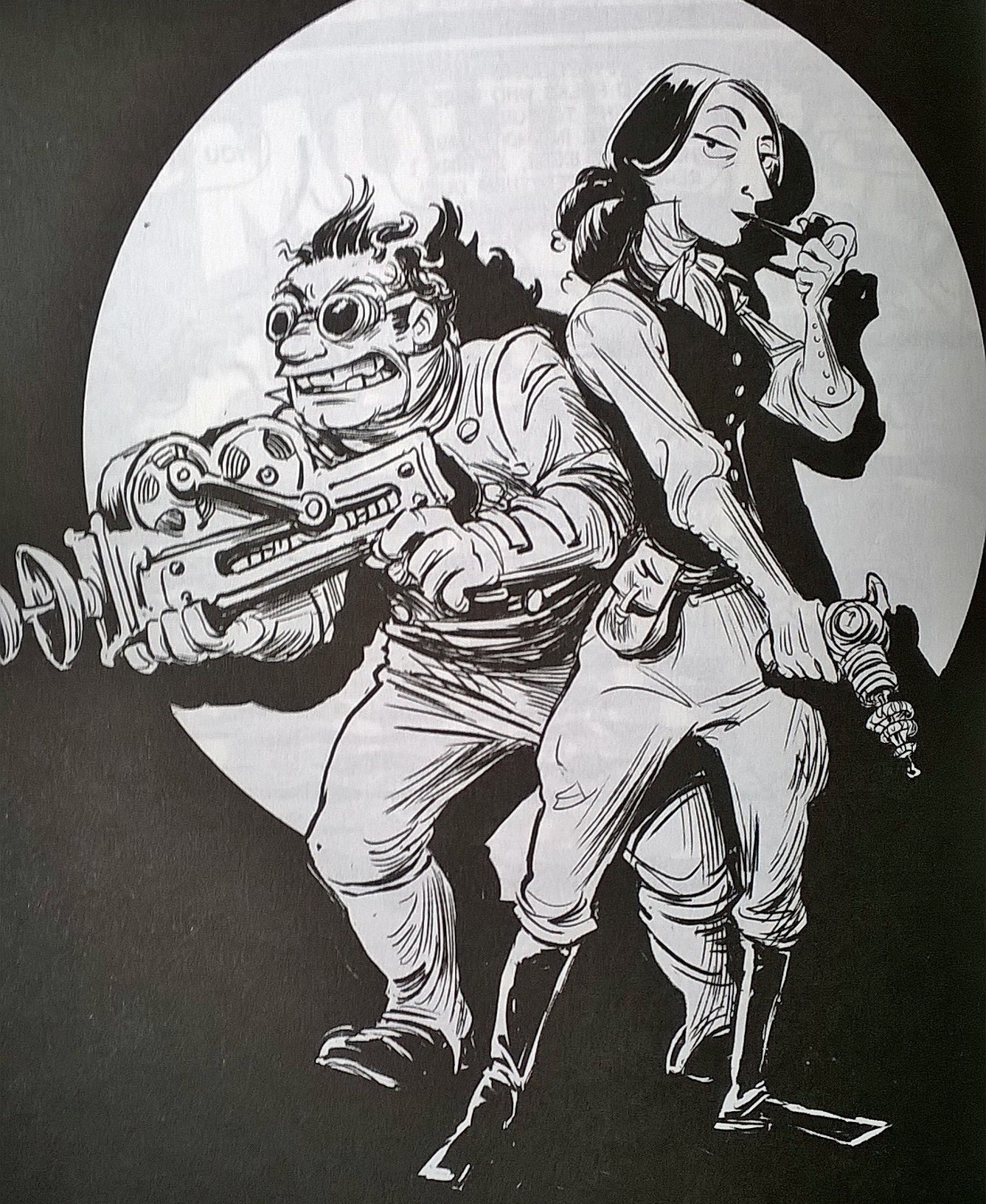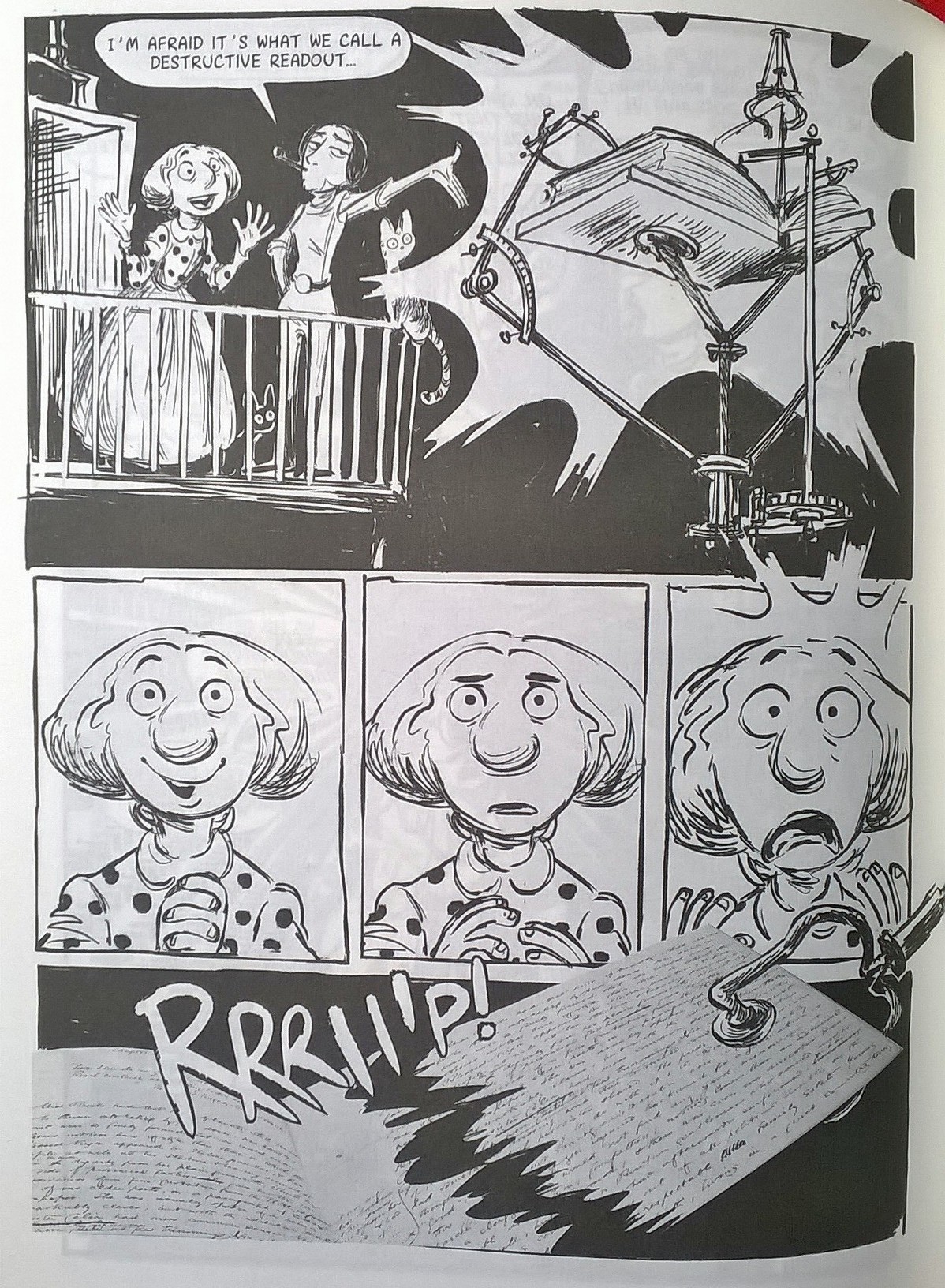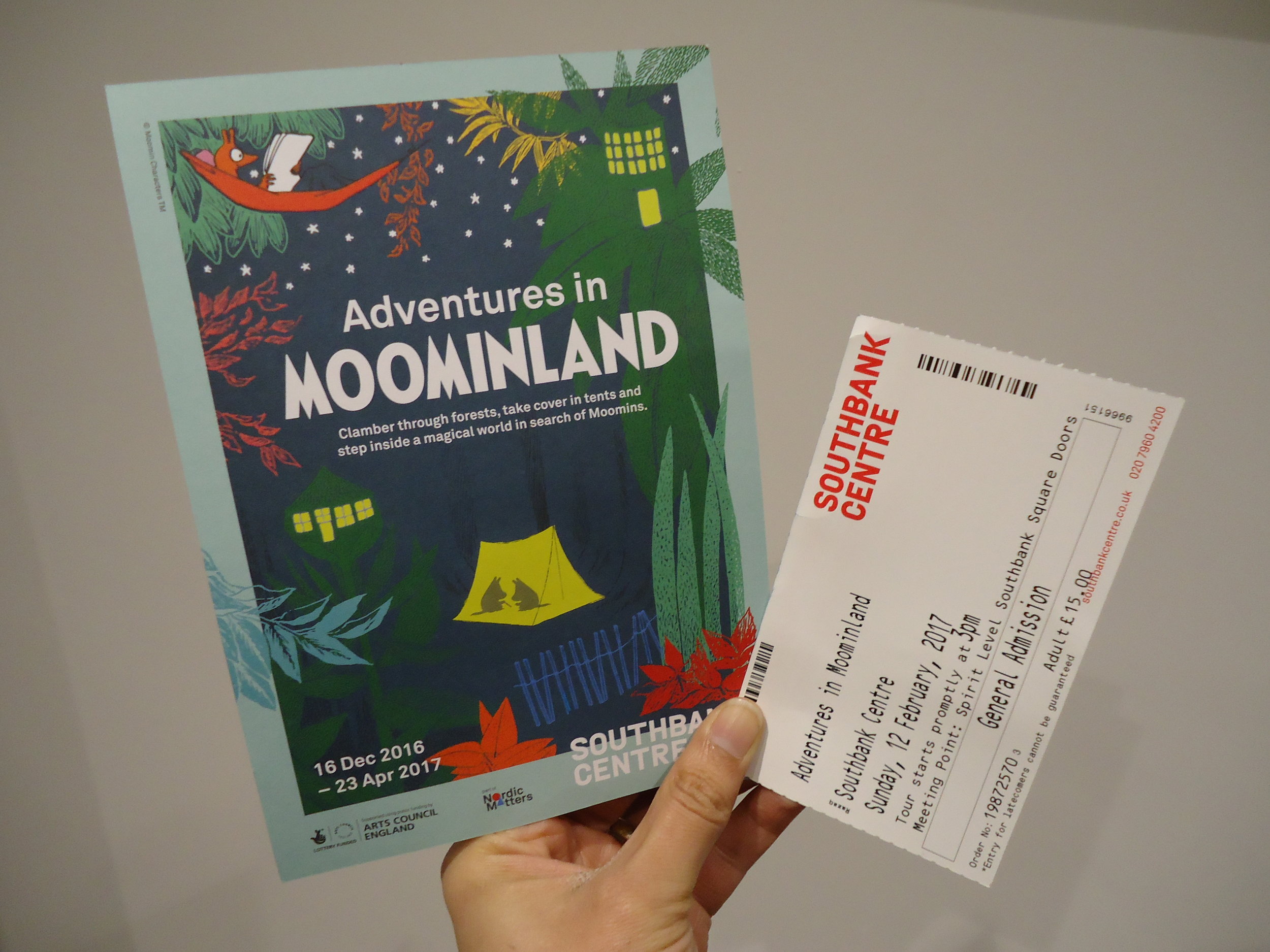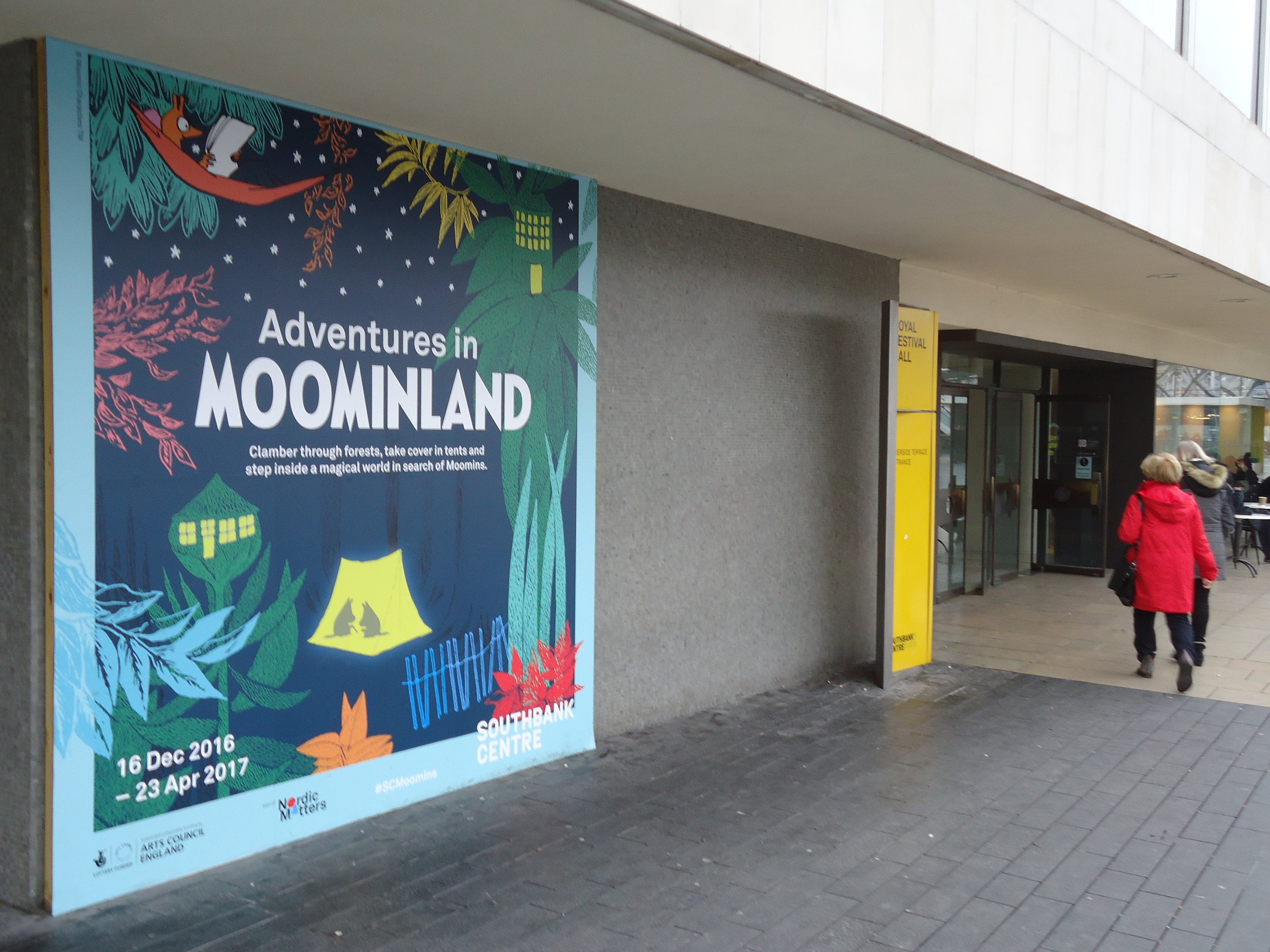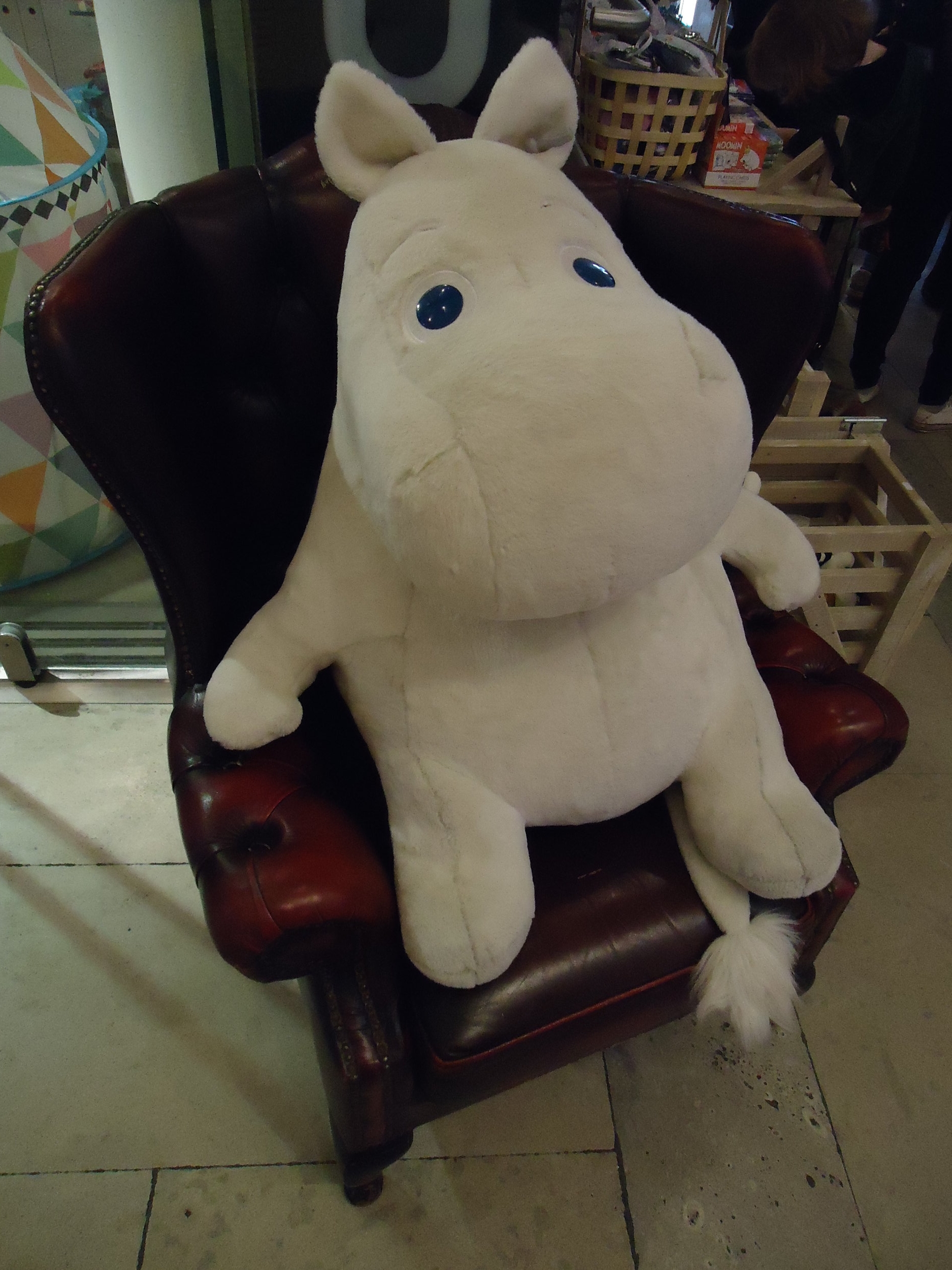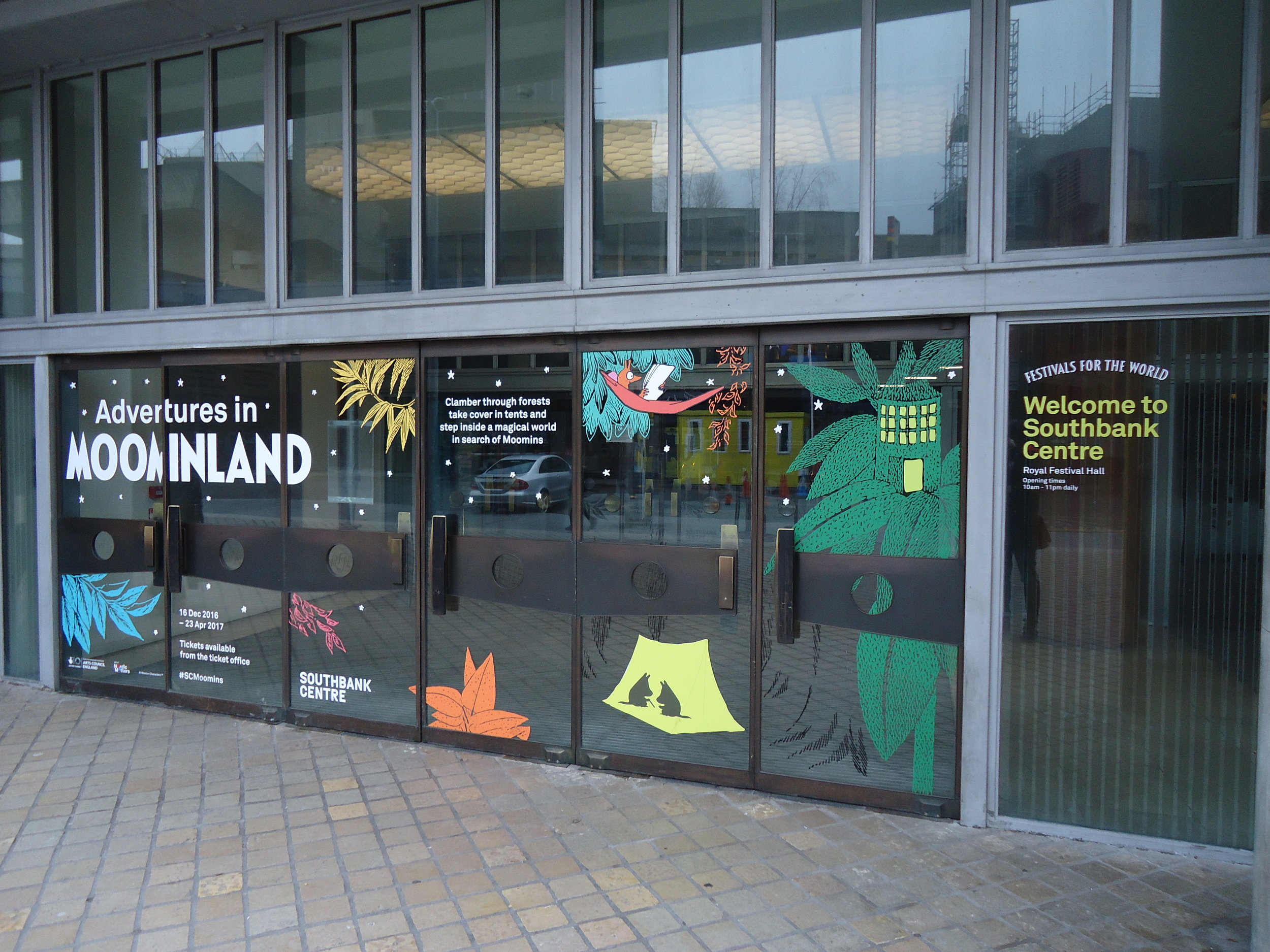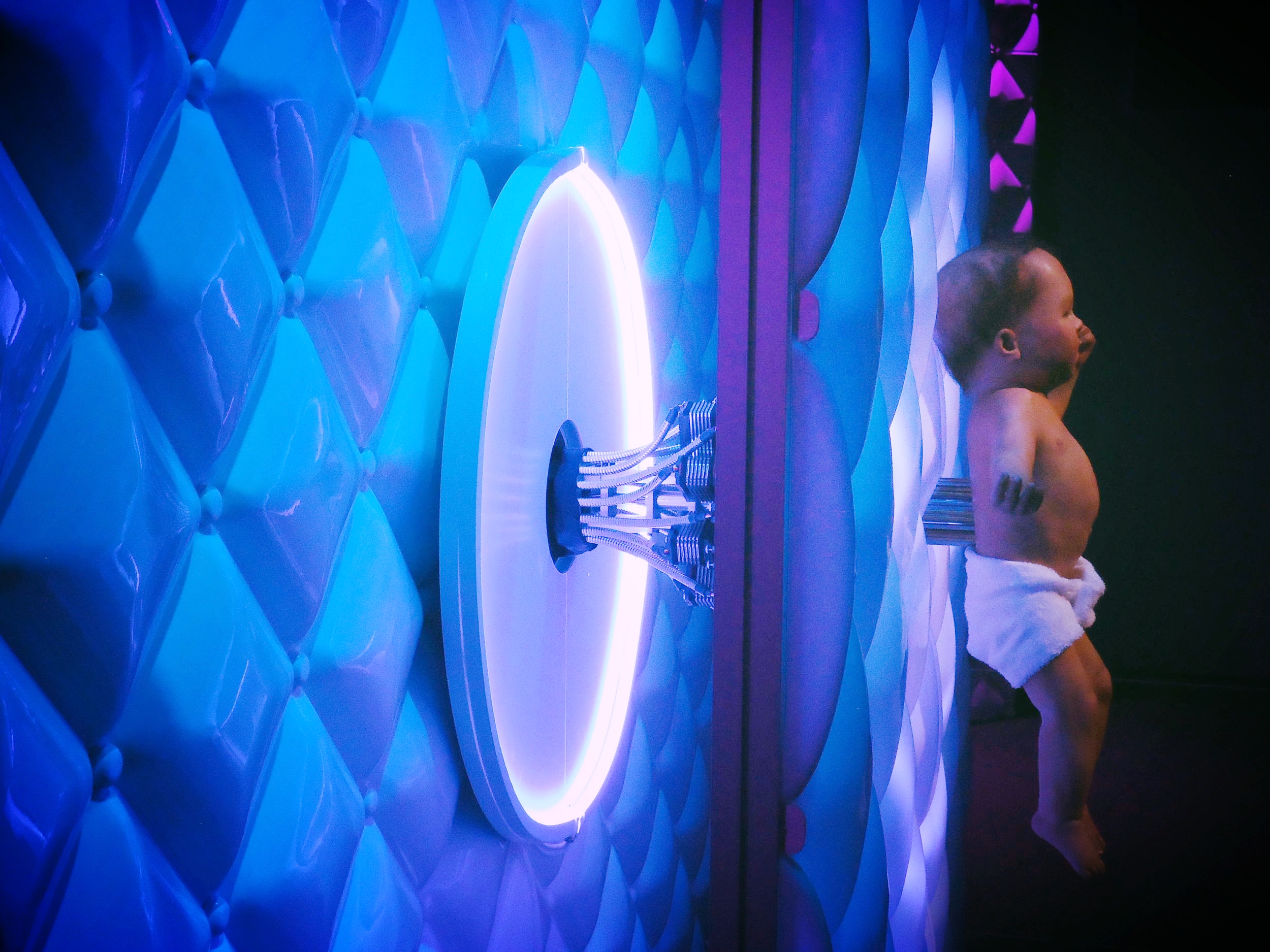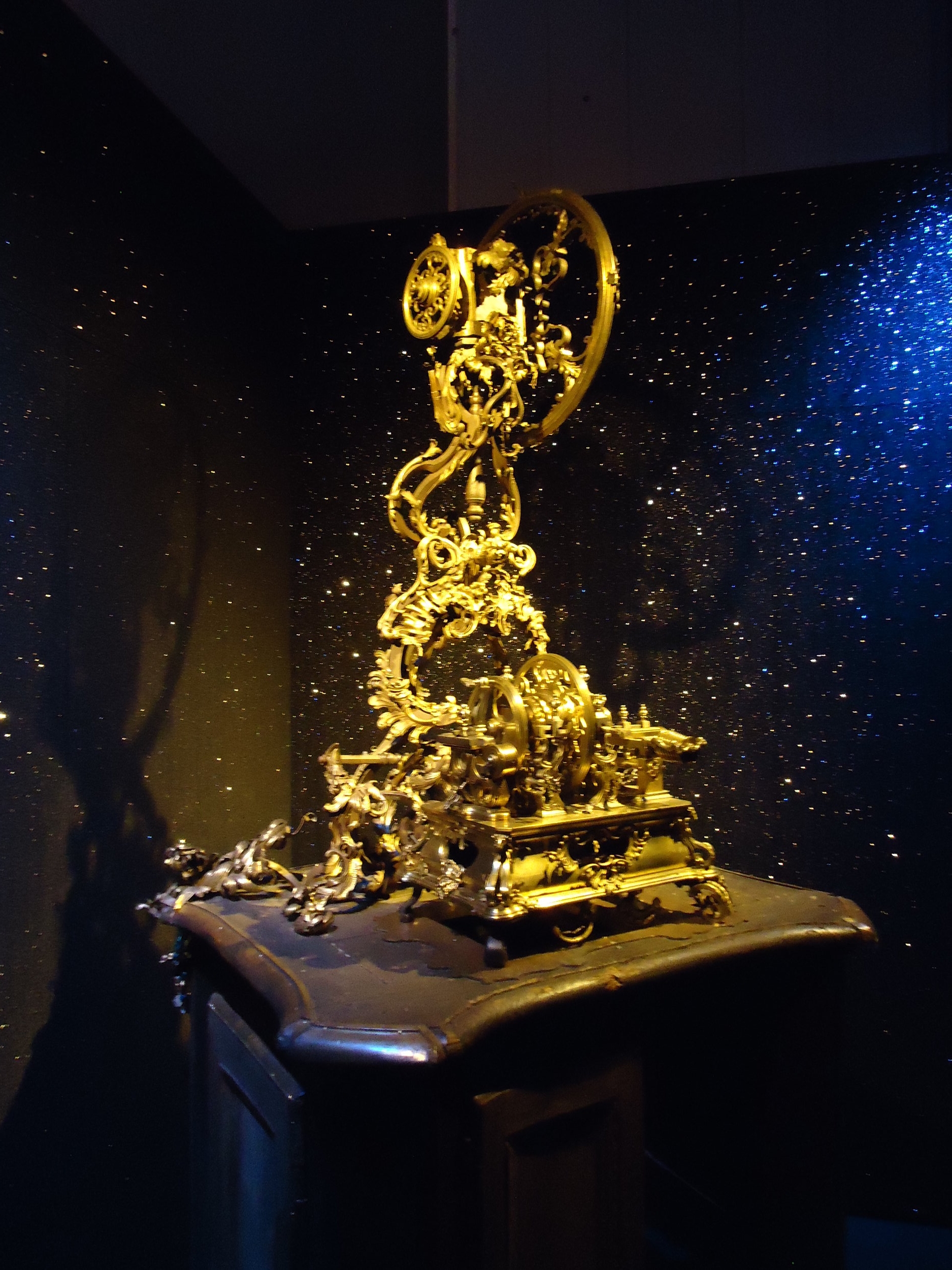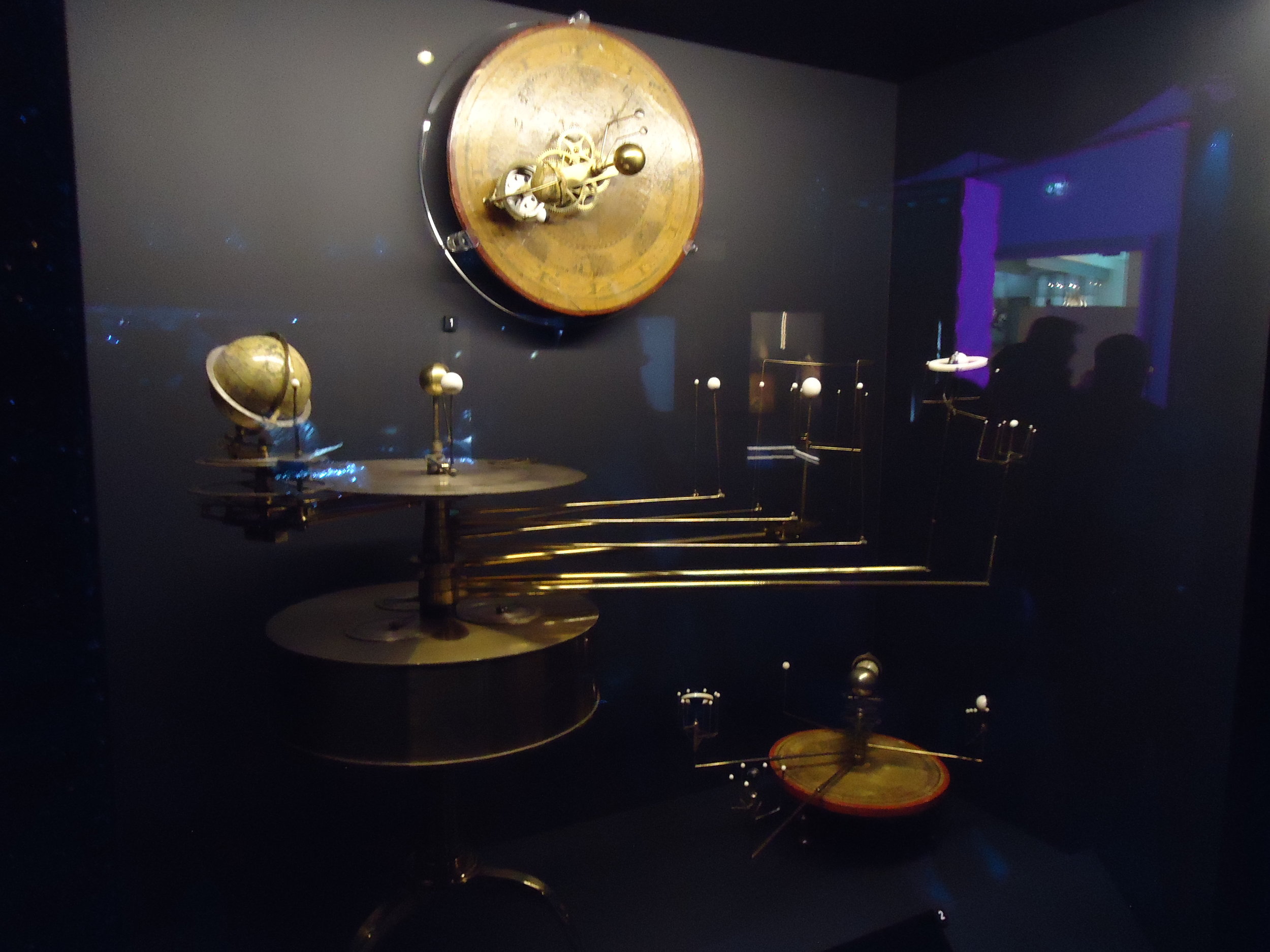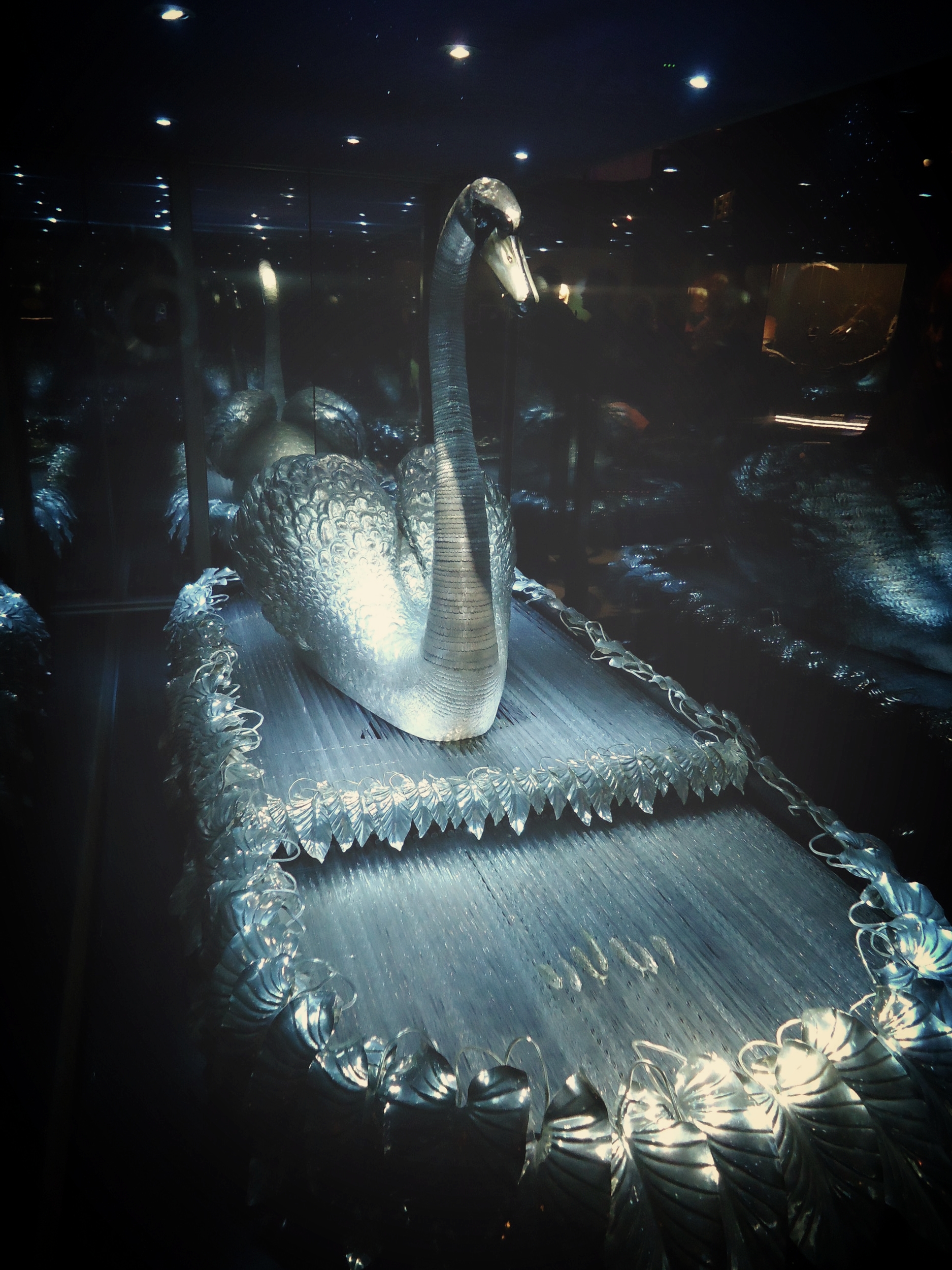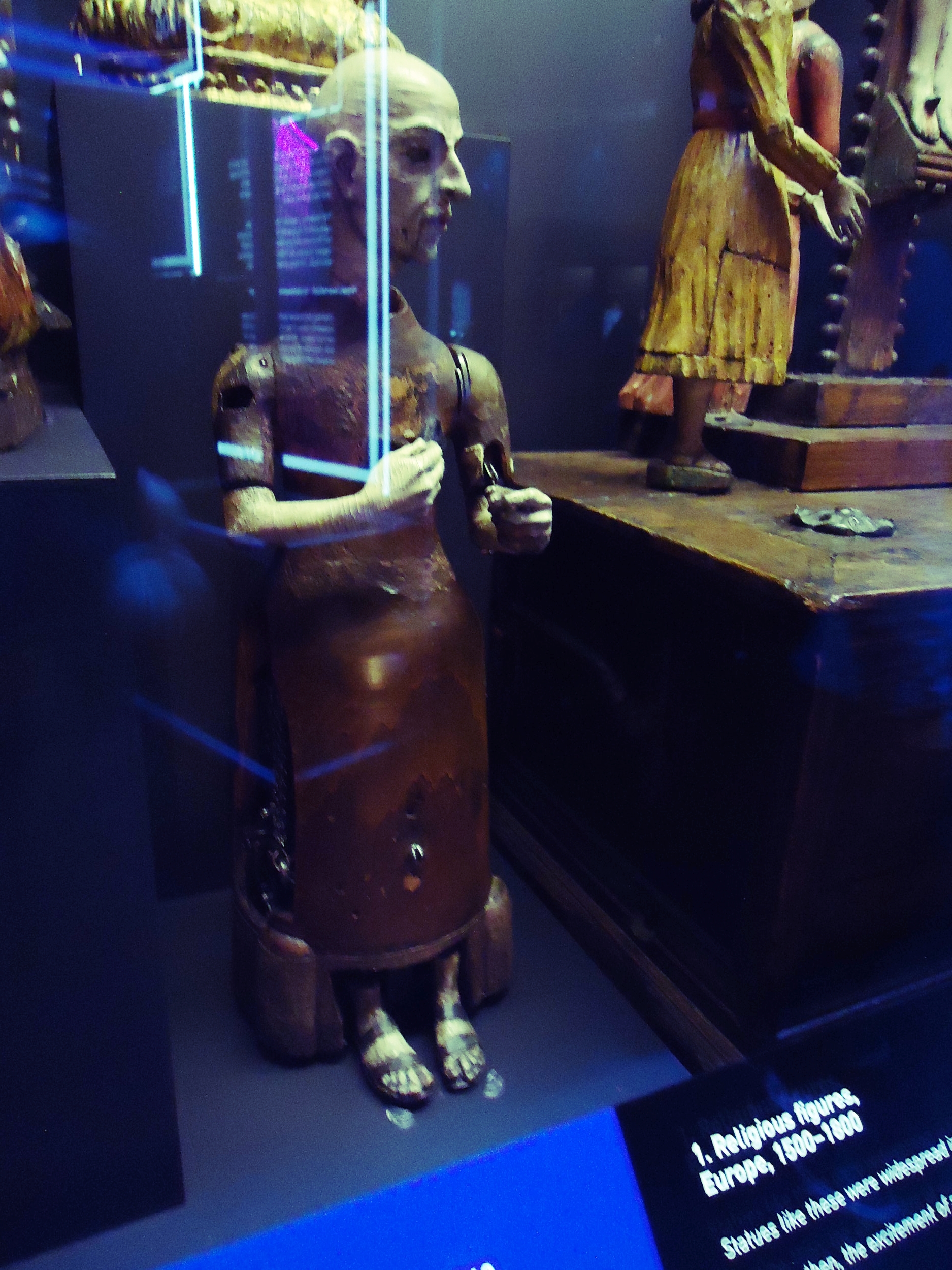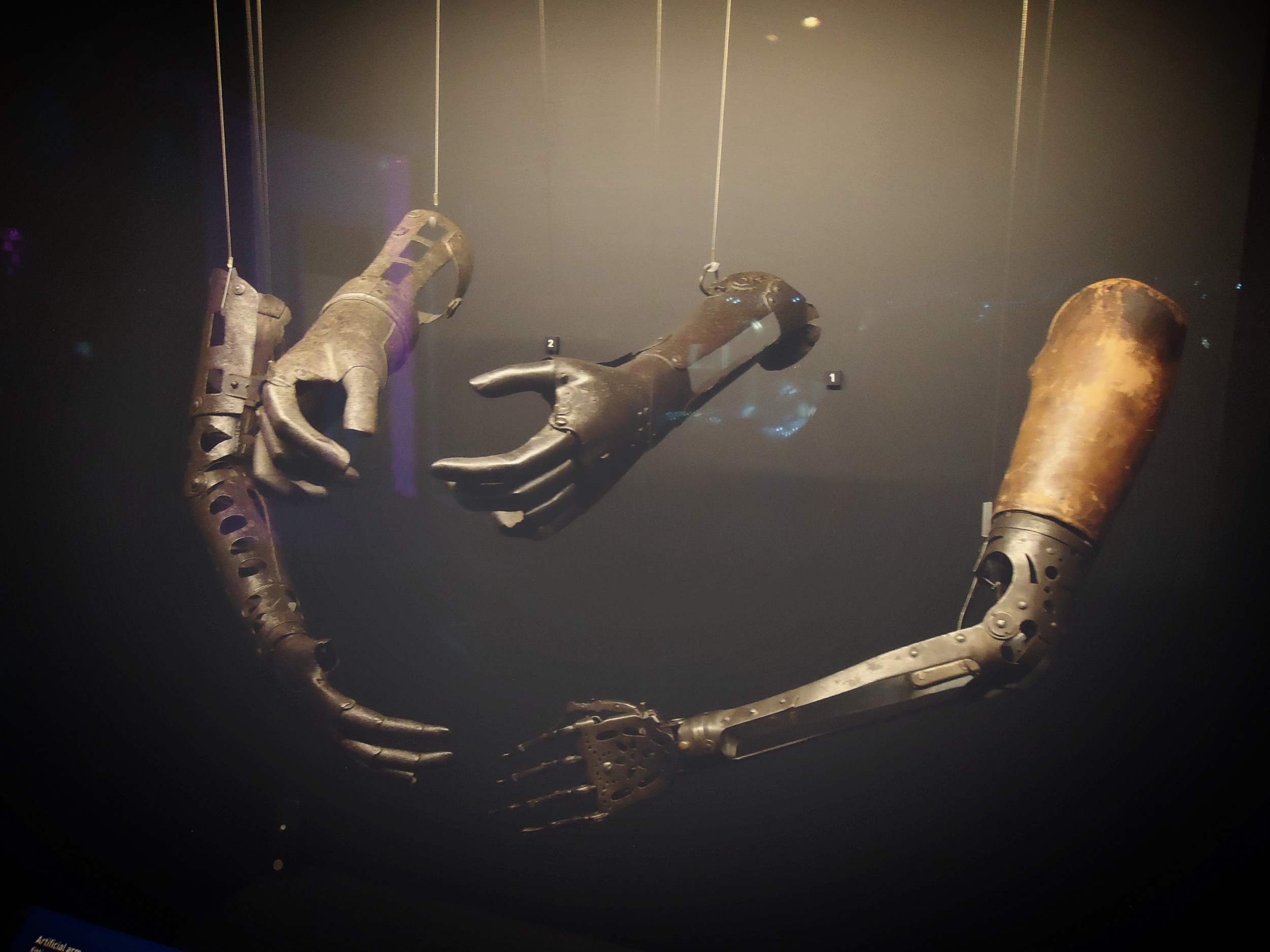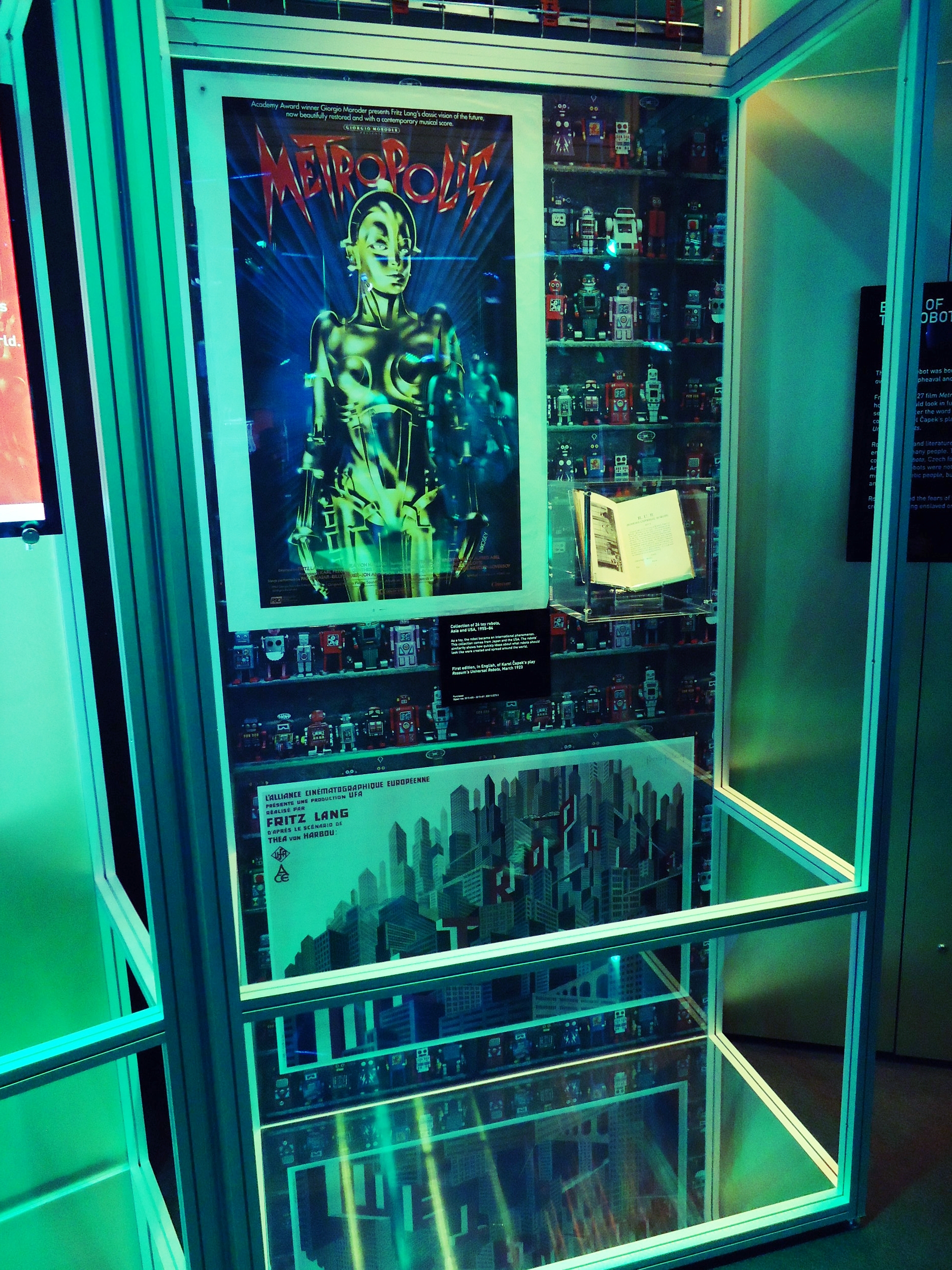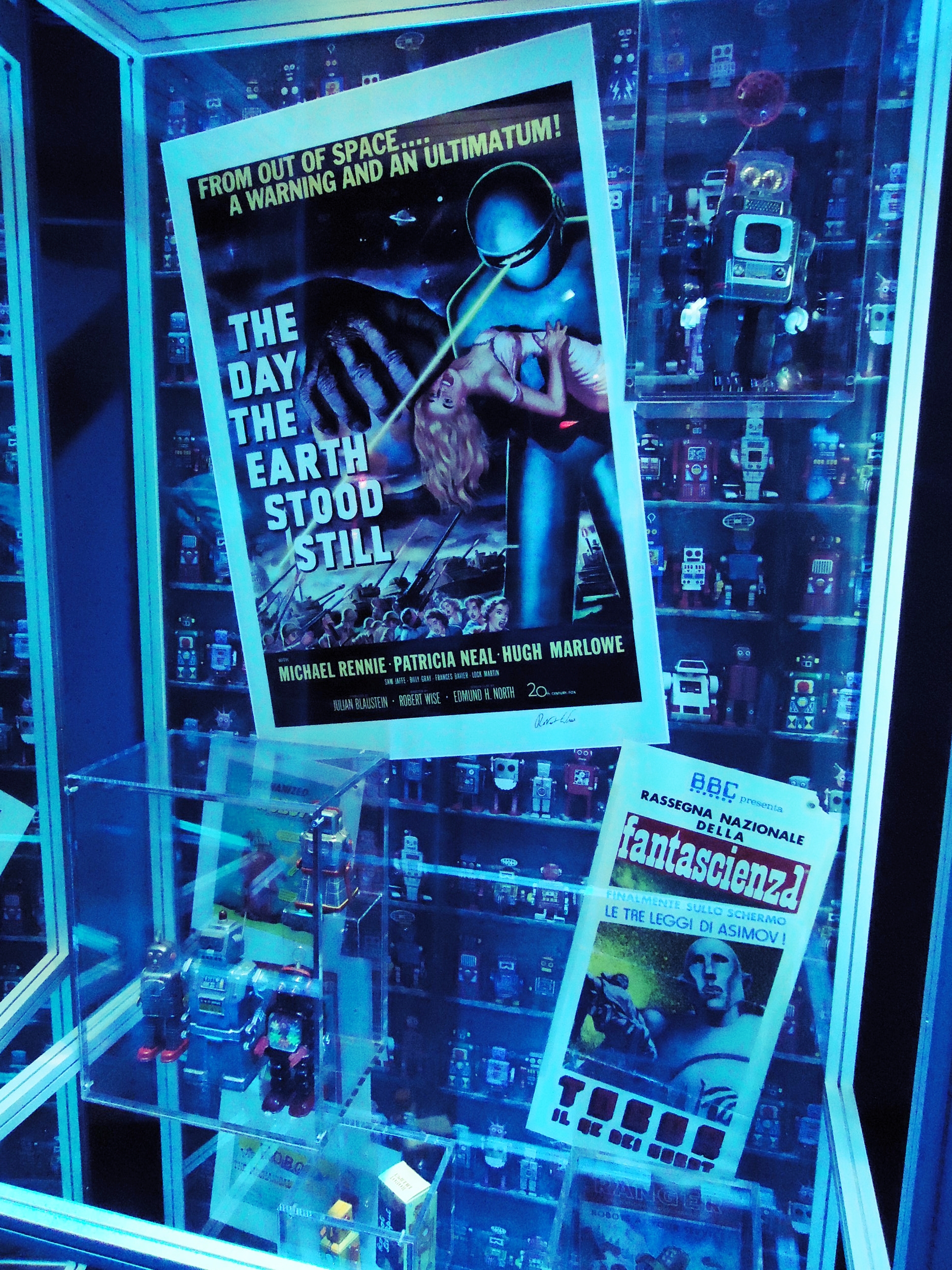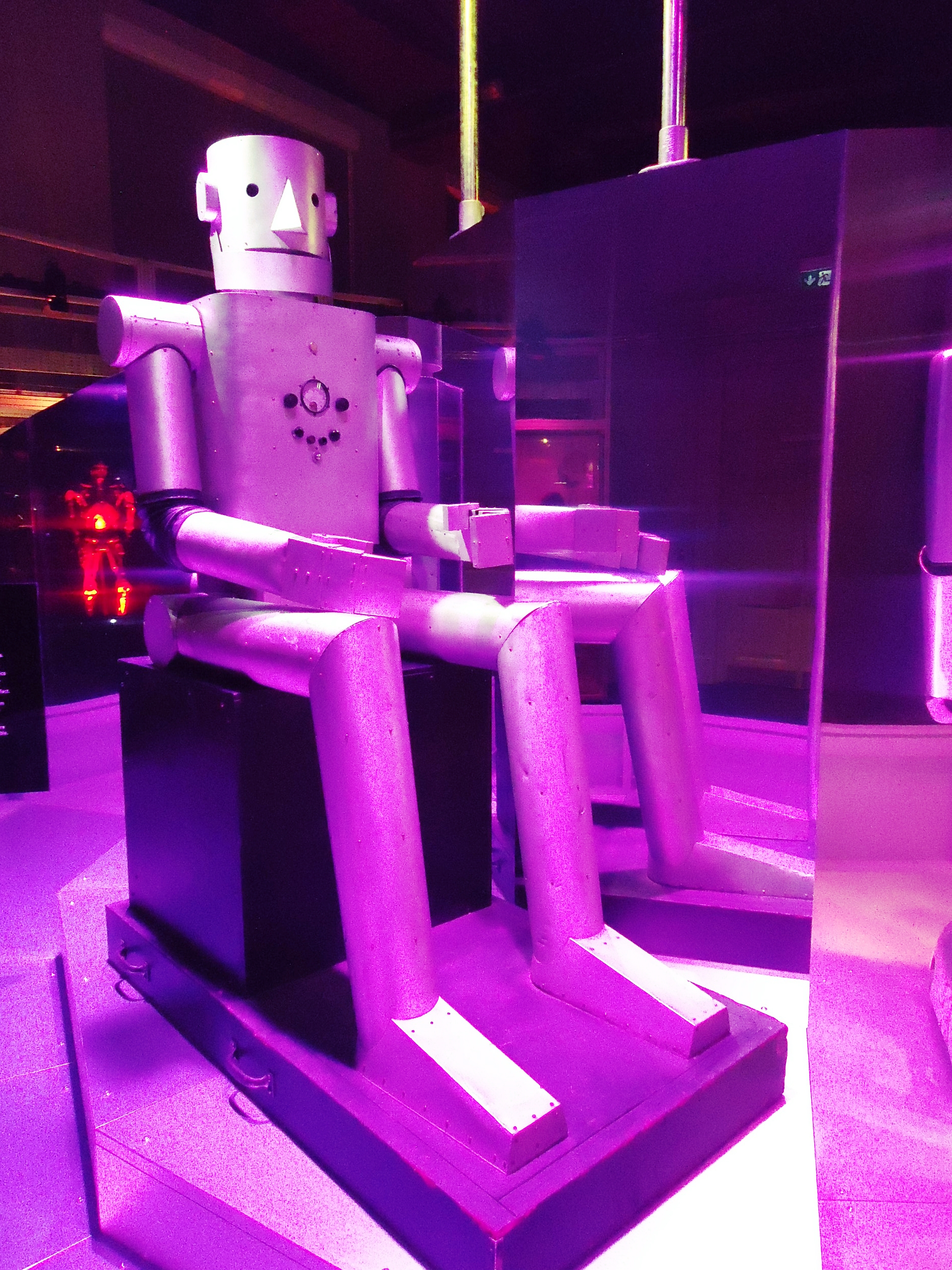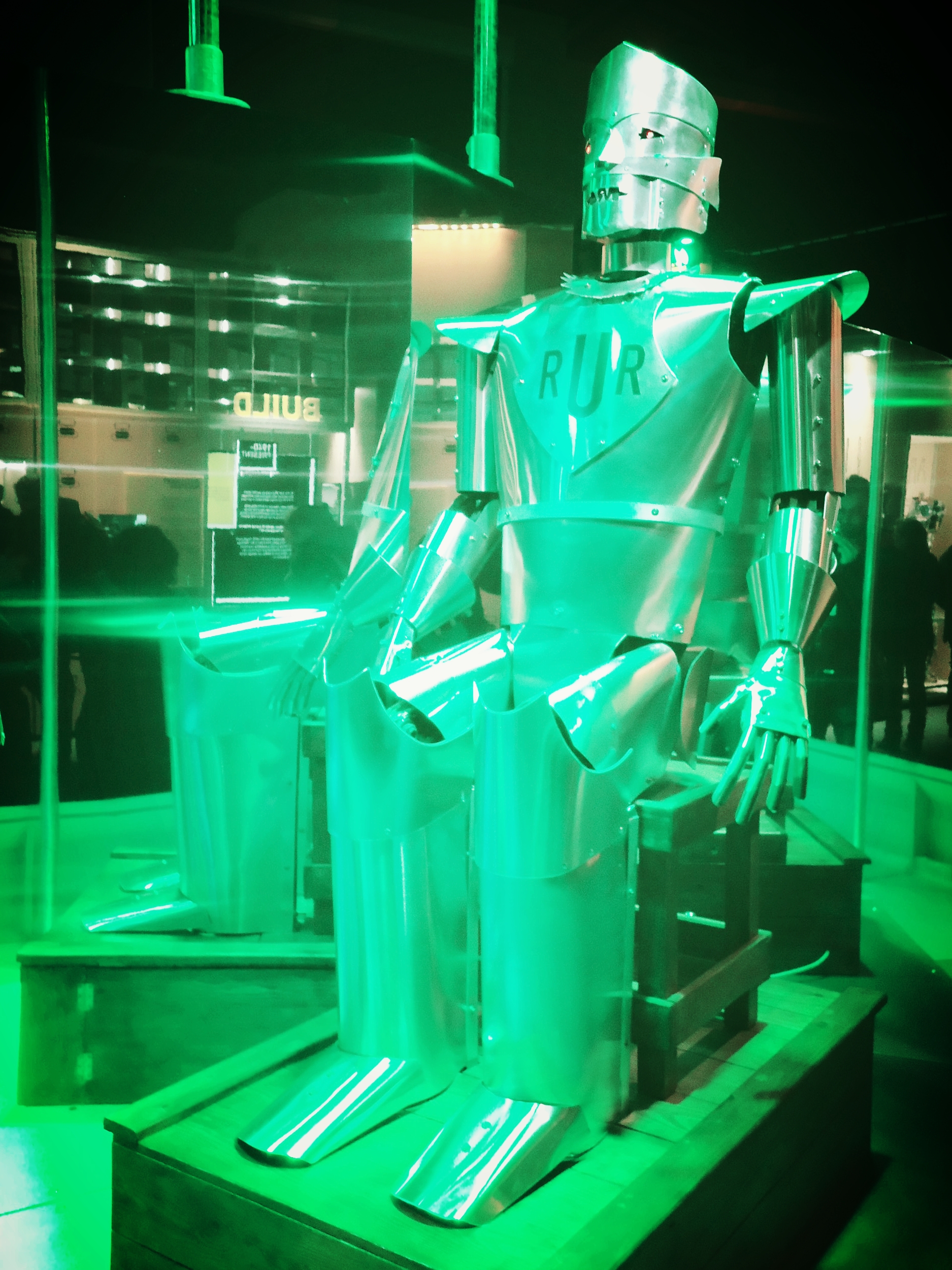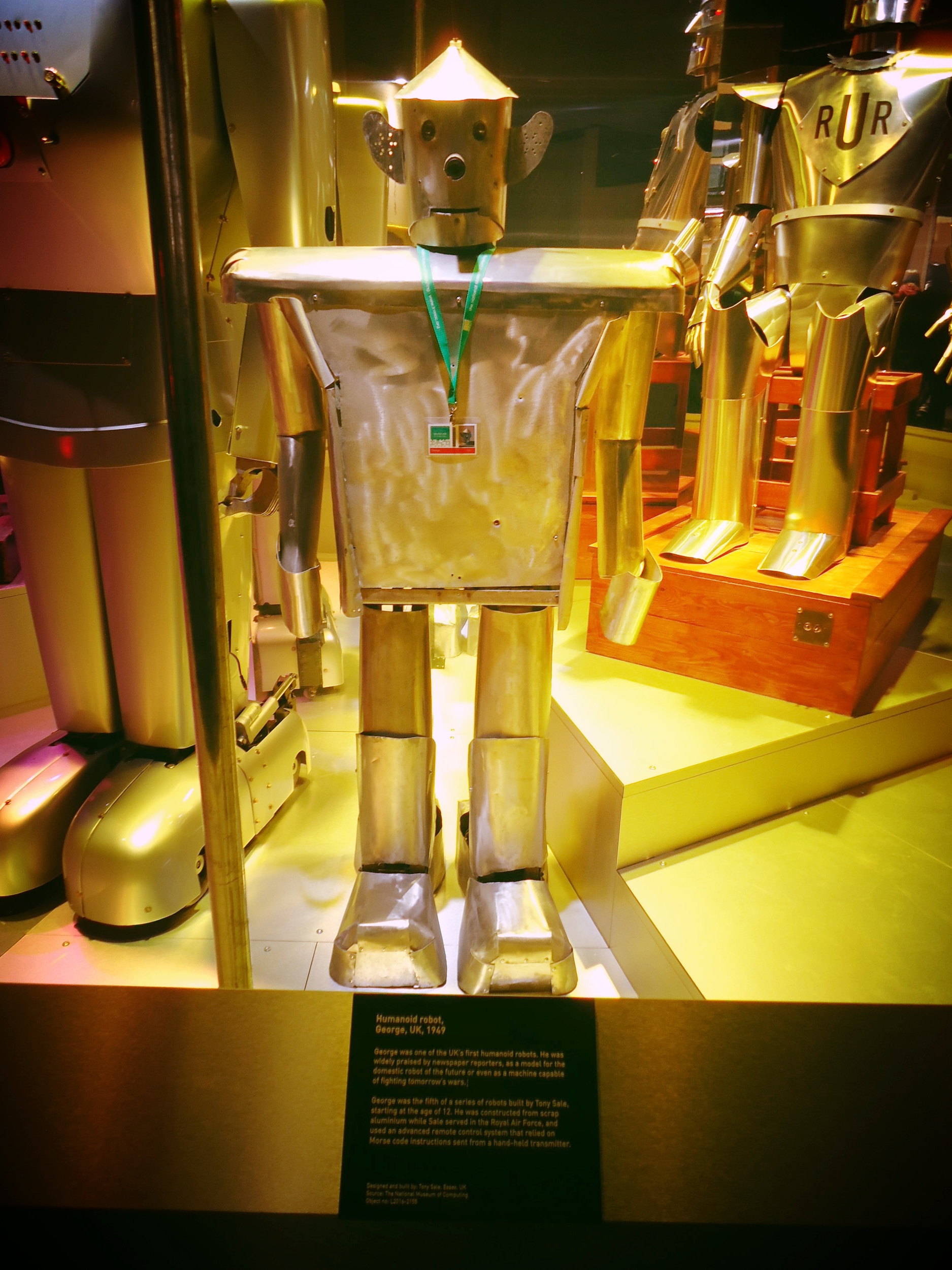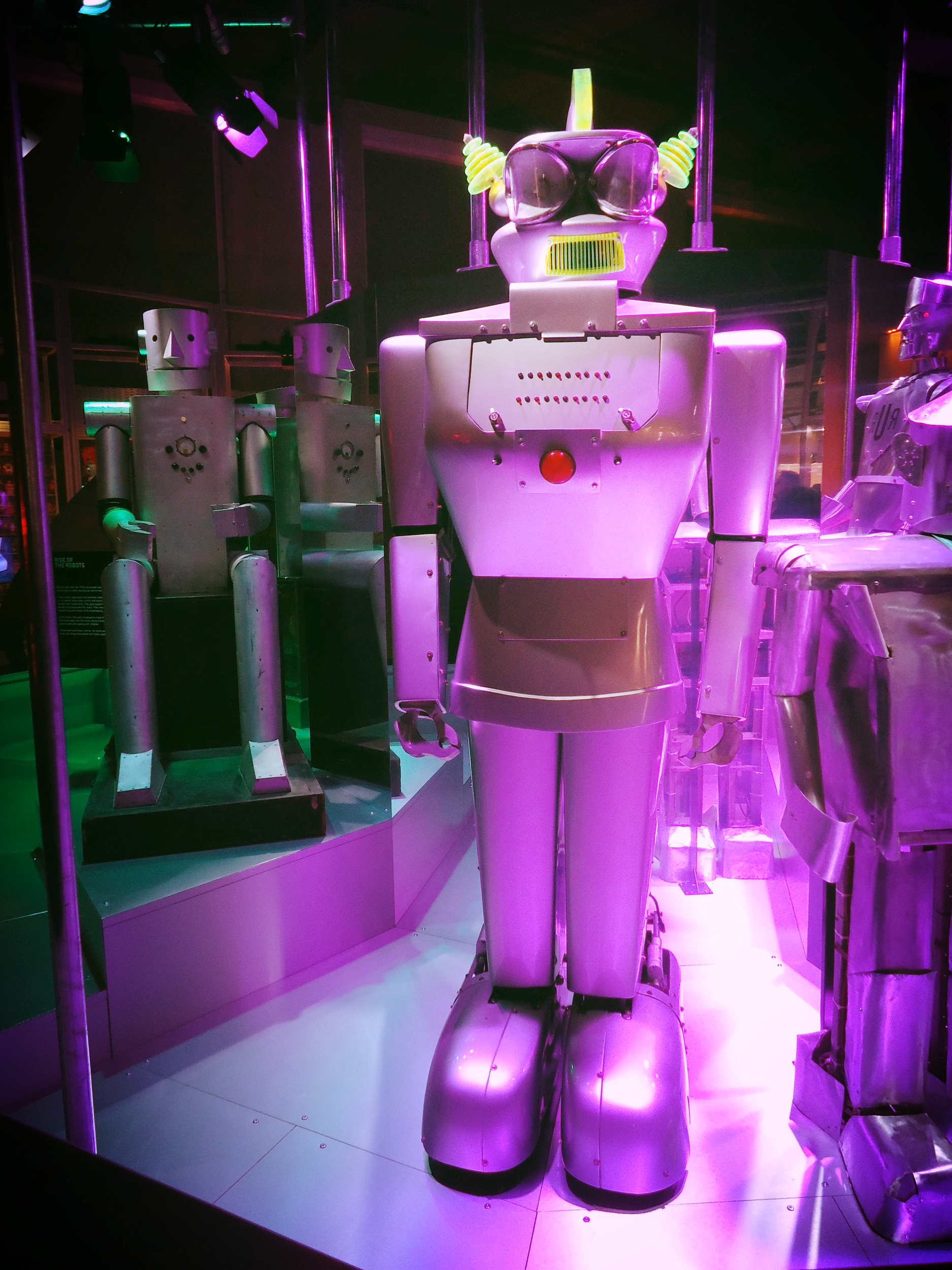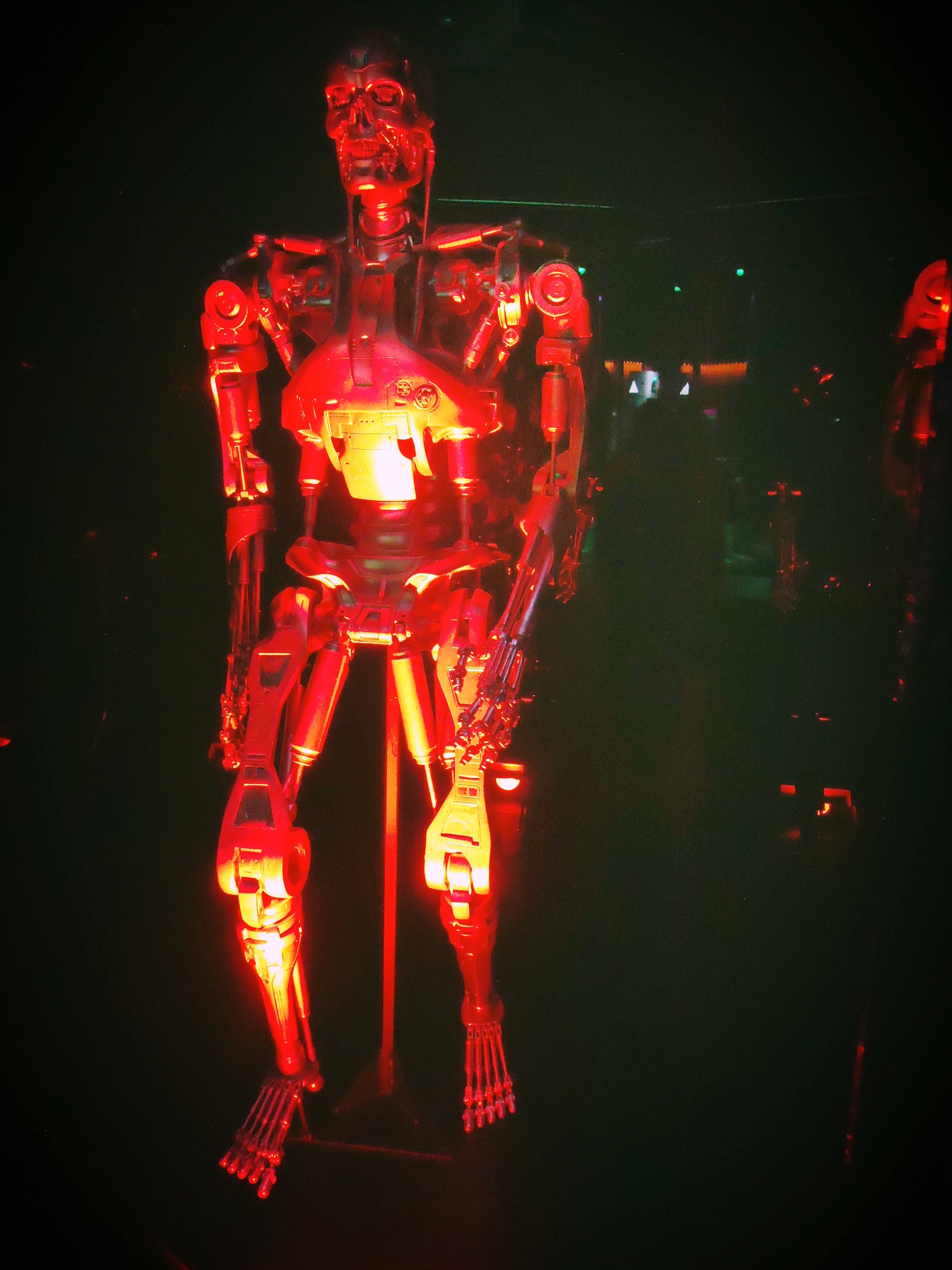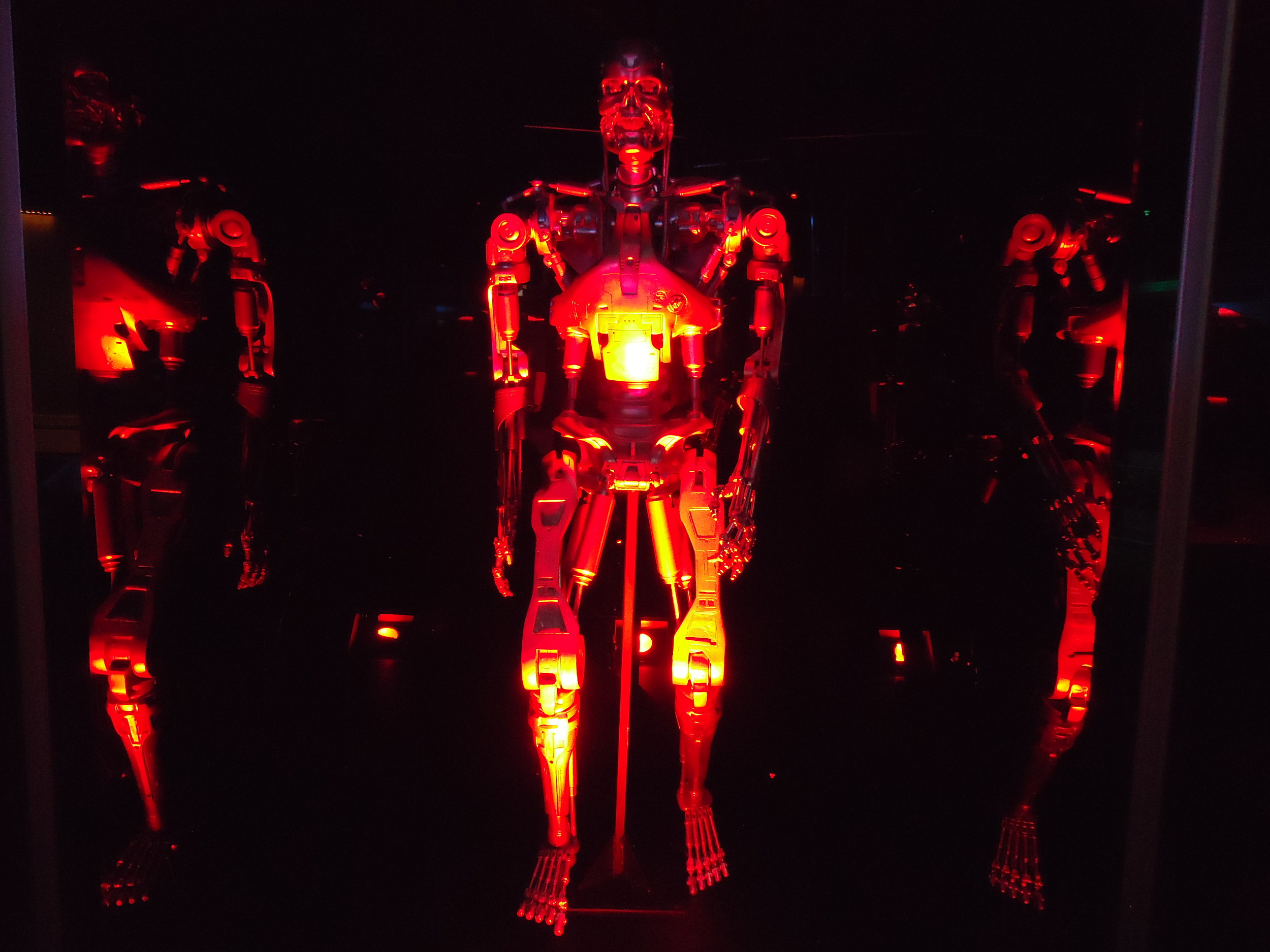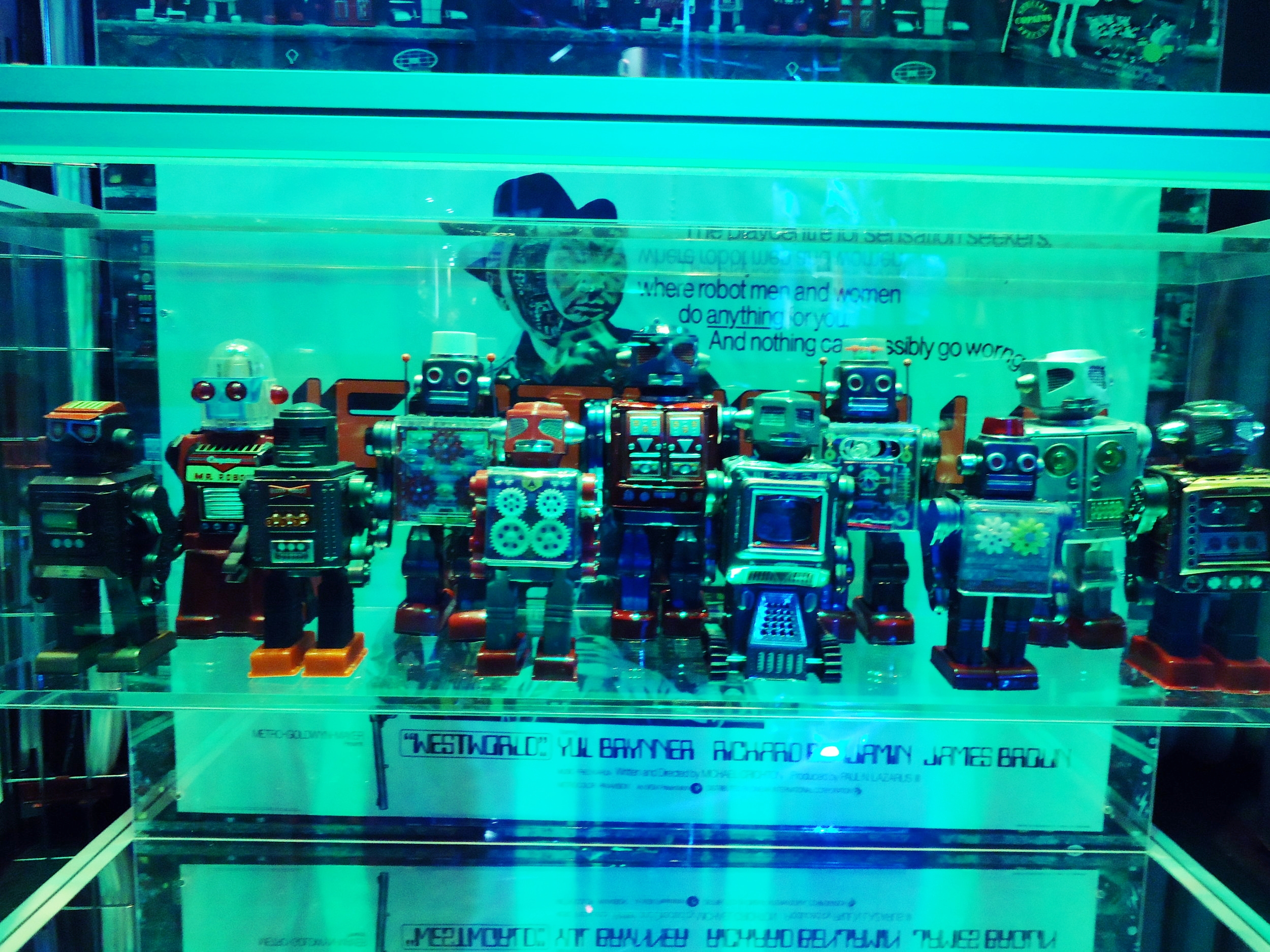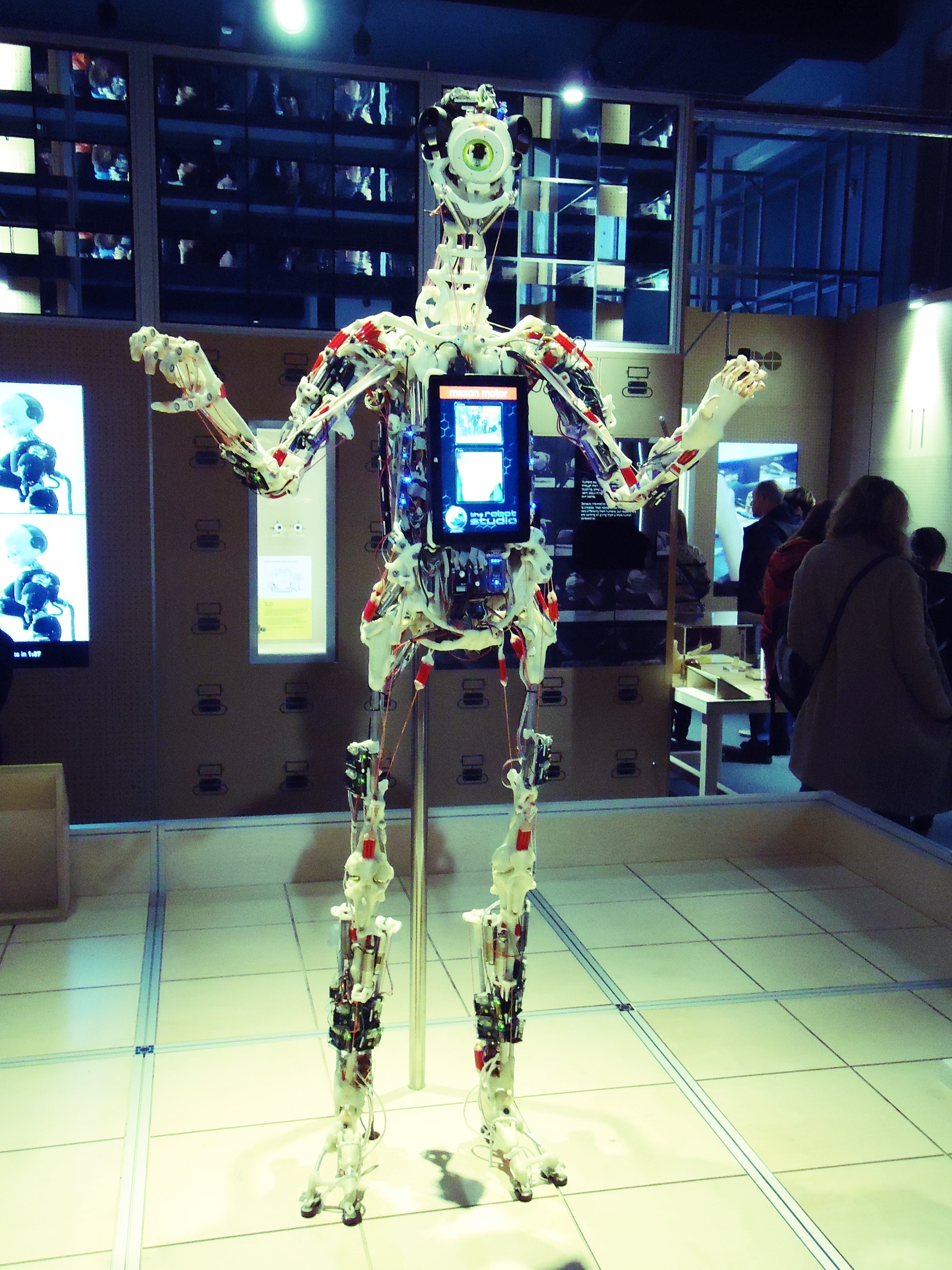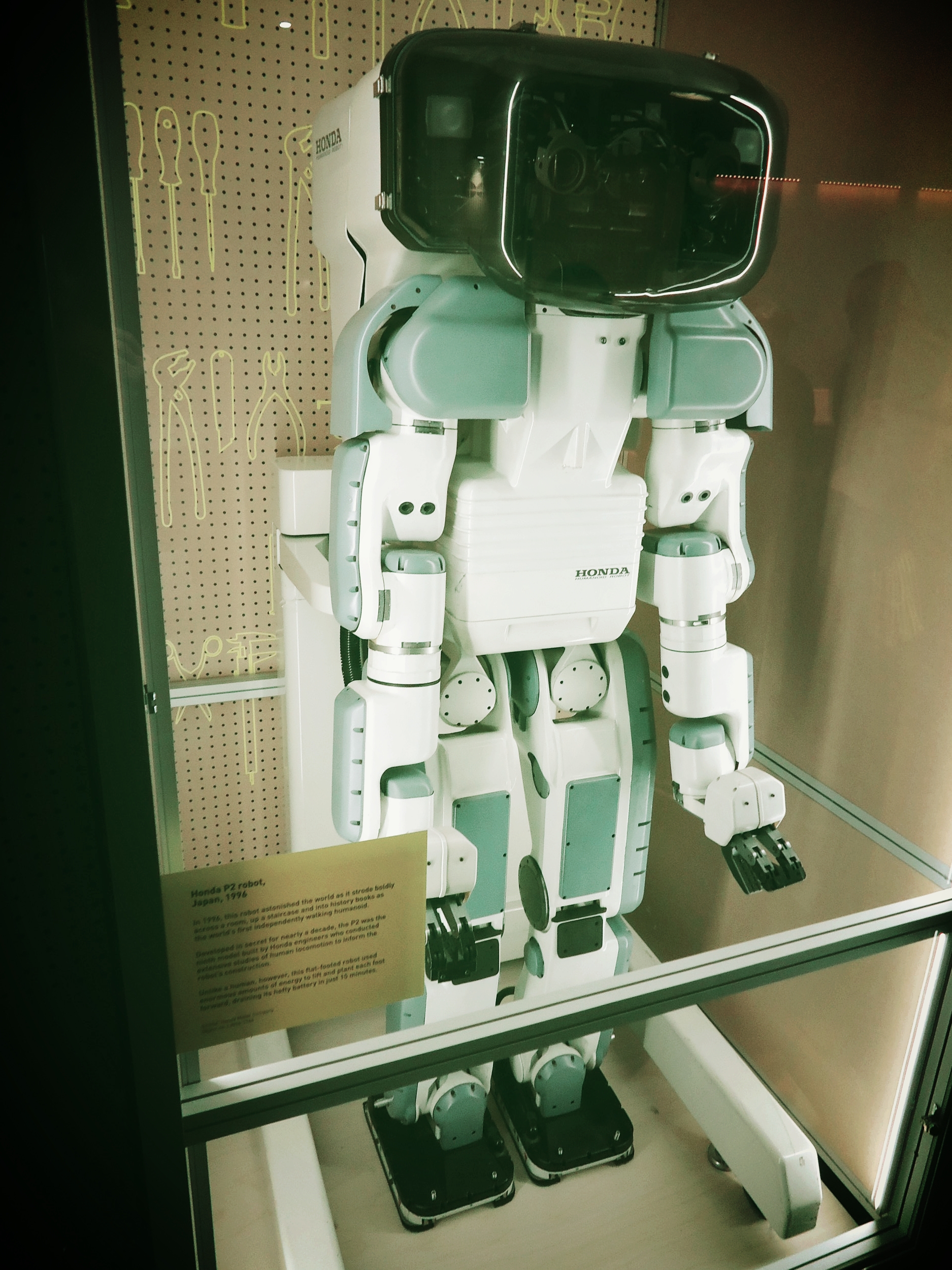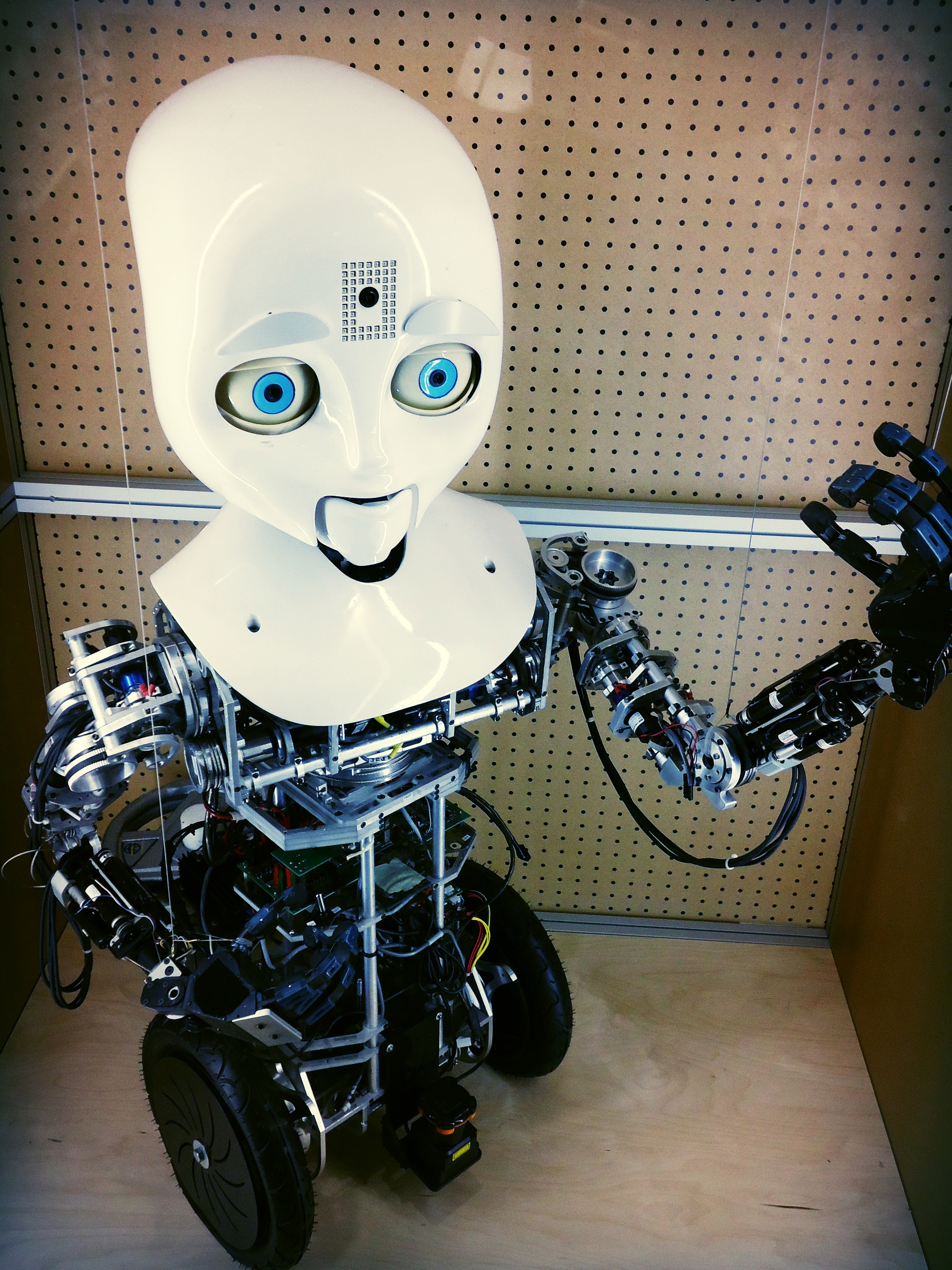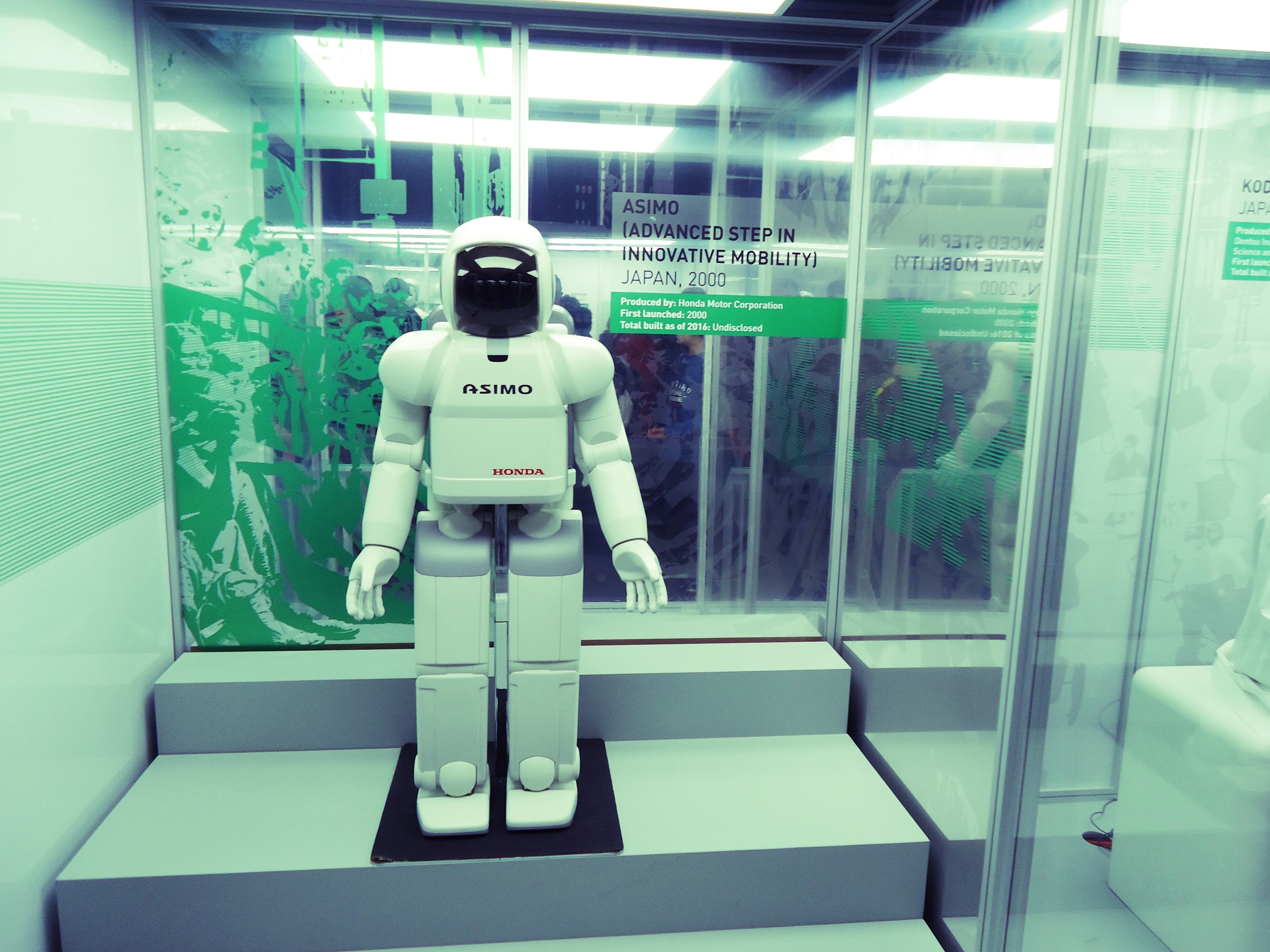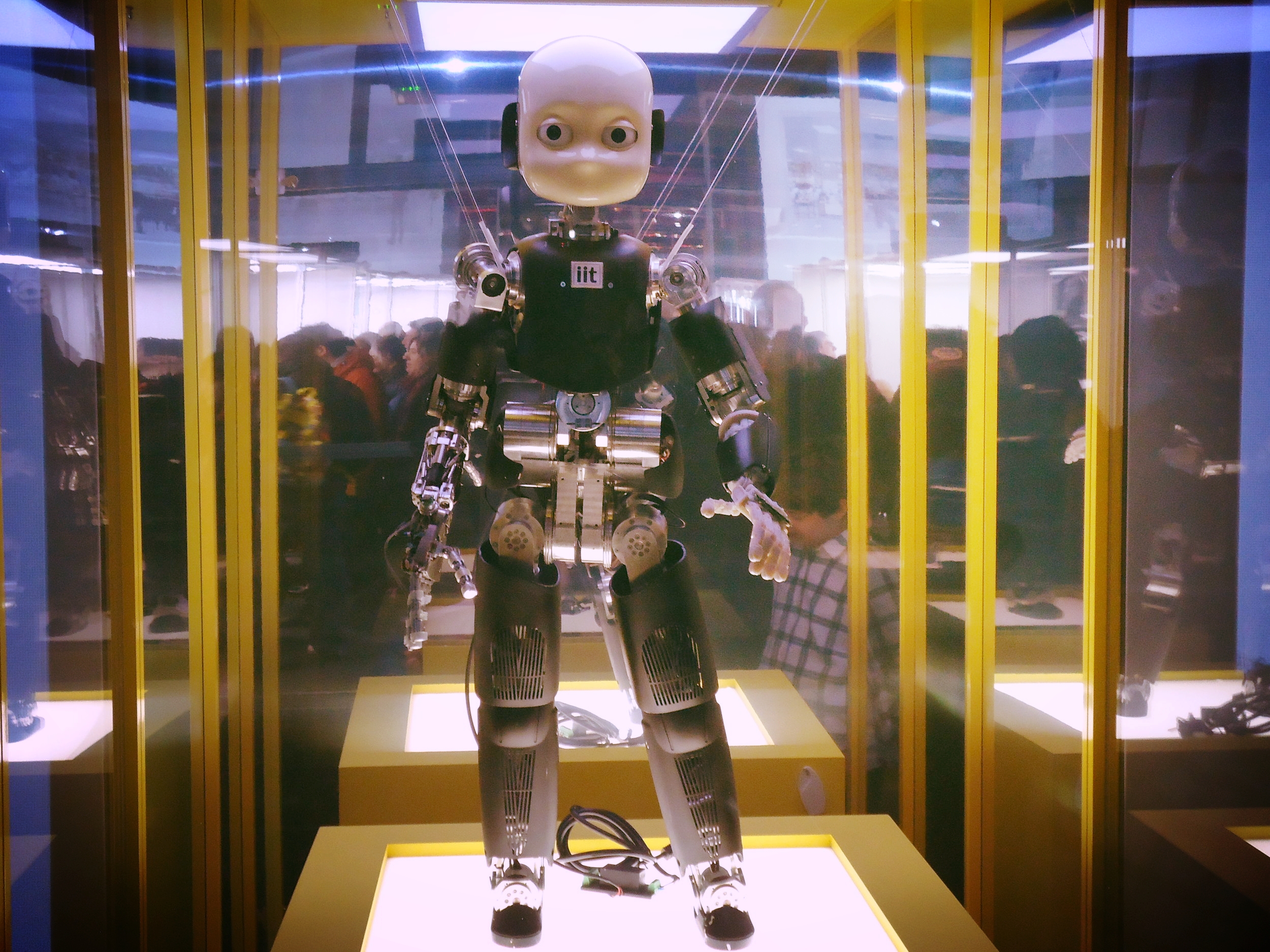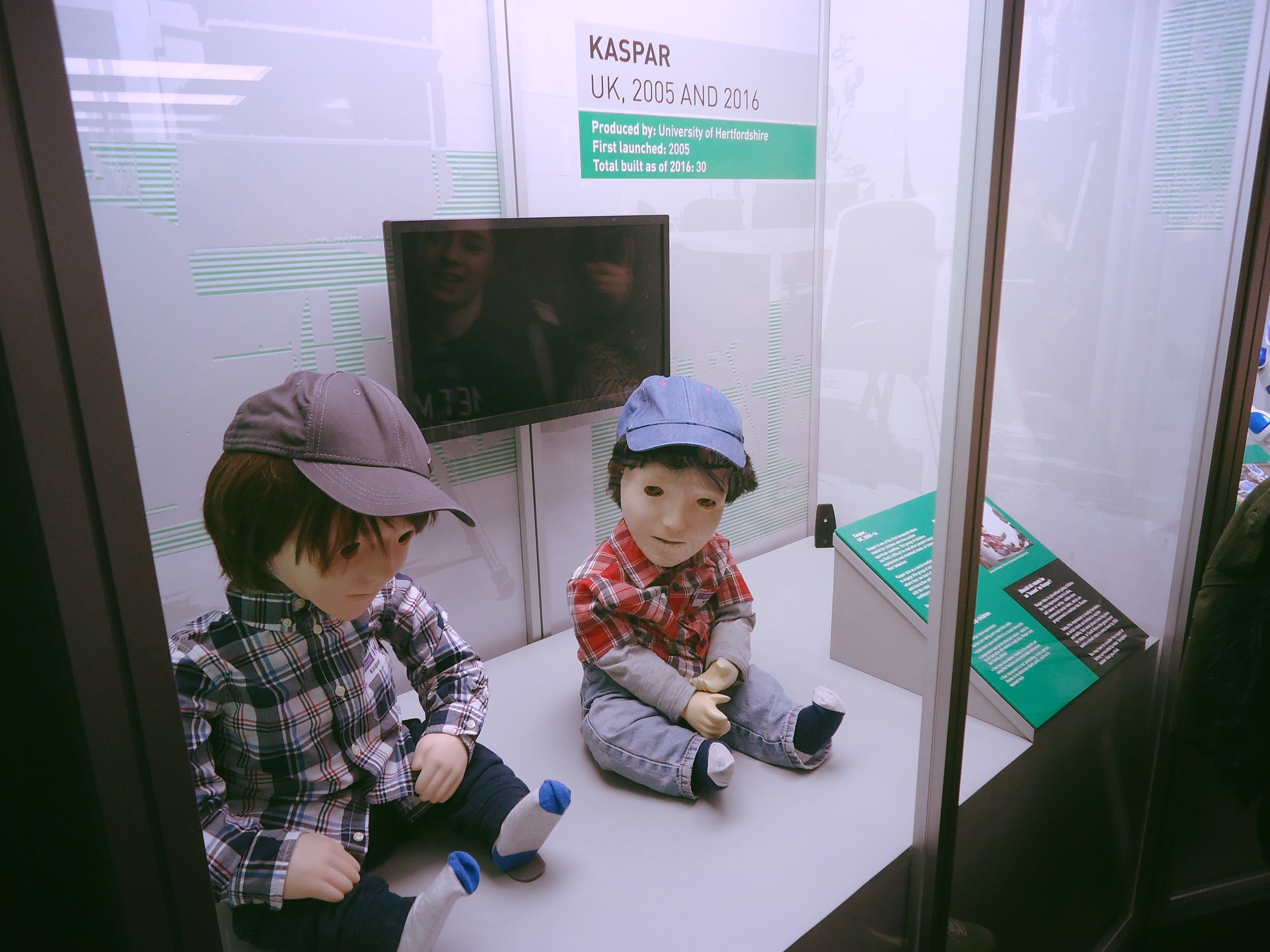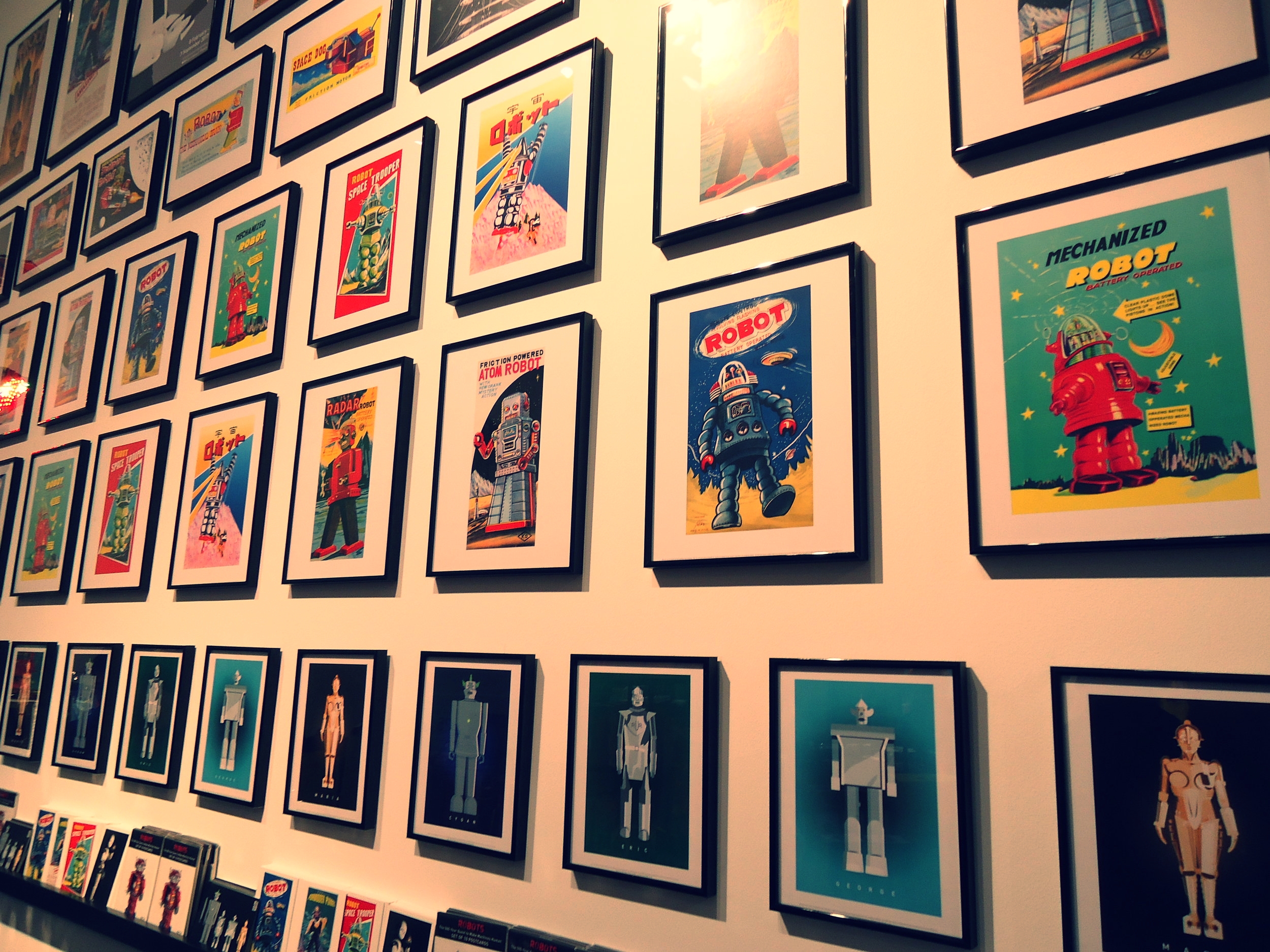The Moomins are beloved characters created by the Finnish artist and storyteller, Tove Jansson. I am a huge fan of the creatures but I wasn't always this interested. I first came across the series as most children did through the weird felt stop motion show from the 80's. I've spoken before about how the creepy music and unearthly jerky felt character movement weirded me out at the time but with time I've come to appreciate the music, but what of the show?
Well being older and braver I finally decided to eat that frog and re-watch the series and give it a re-evaluation.
The first series of The Moomins is now on Amazon Prime and whilst it is the classic series from the 80's much has changed. From the start things seem off, the creepy introduction music has been replaced by a cheesy pop track and the well recognised title card has disappeared too.
The iconic title card is removed from the Amazon Prime series.
The complete soundtrack has been replaced but also the charming narration and voice-work by Richard Murdoch, replaced by a variety of voice actors who now play the different characters. The new narrator sounds bored, speaking v-e-r-y slowly and without much enthusiasm. All these may not sound like much but collectively it changes the whole feel of the thing and as a such the series loses it's otherworldly charm. In the original first episode, Thingummy and Bob, the scary character of the Groke makes an appearance and the music is suitably dramatic and unsettling. The foley work is impressive with a deep growling sound combining with the dark synthesizer sound. However in this version this is replaced with a more modern dramatic piece of music which although sinister doesn't compare to the original composition.
I persevered for a couple of more episodes but as a whole the feel of the show was 'off.' In the same way that Turner Classic Movies recoloured old films like 'Citizen Kane' and 'The Big Sleep' to appeal to a newer, younger audience, or for more contemporary take, George Lucas' constant meddling with the original Star Wars Trilogy led to worse films, this playing with the Moomin animation of old does no favours to what was a classic if slightly unnerving animation series. If you can watch the originals then please do but this version on Amazon Prime is a poor option.


